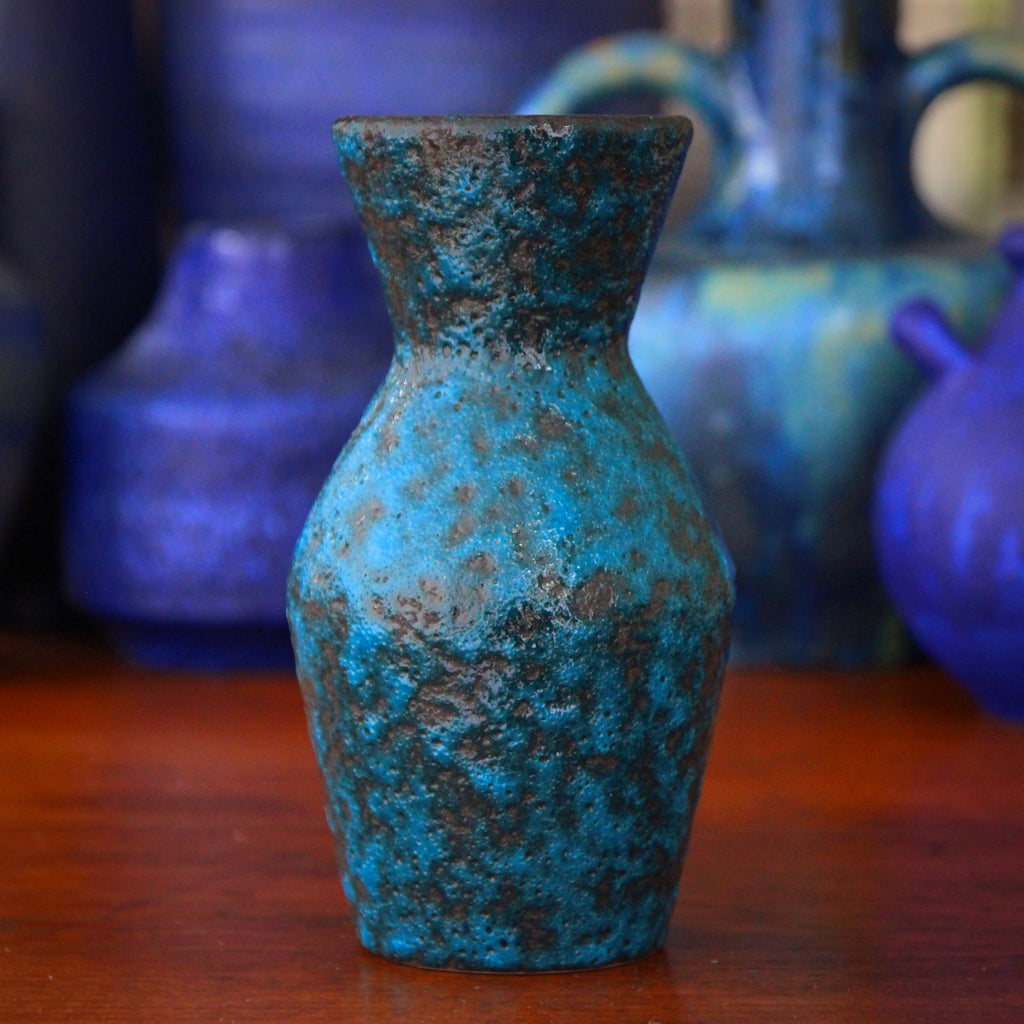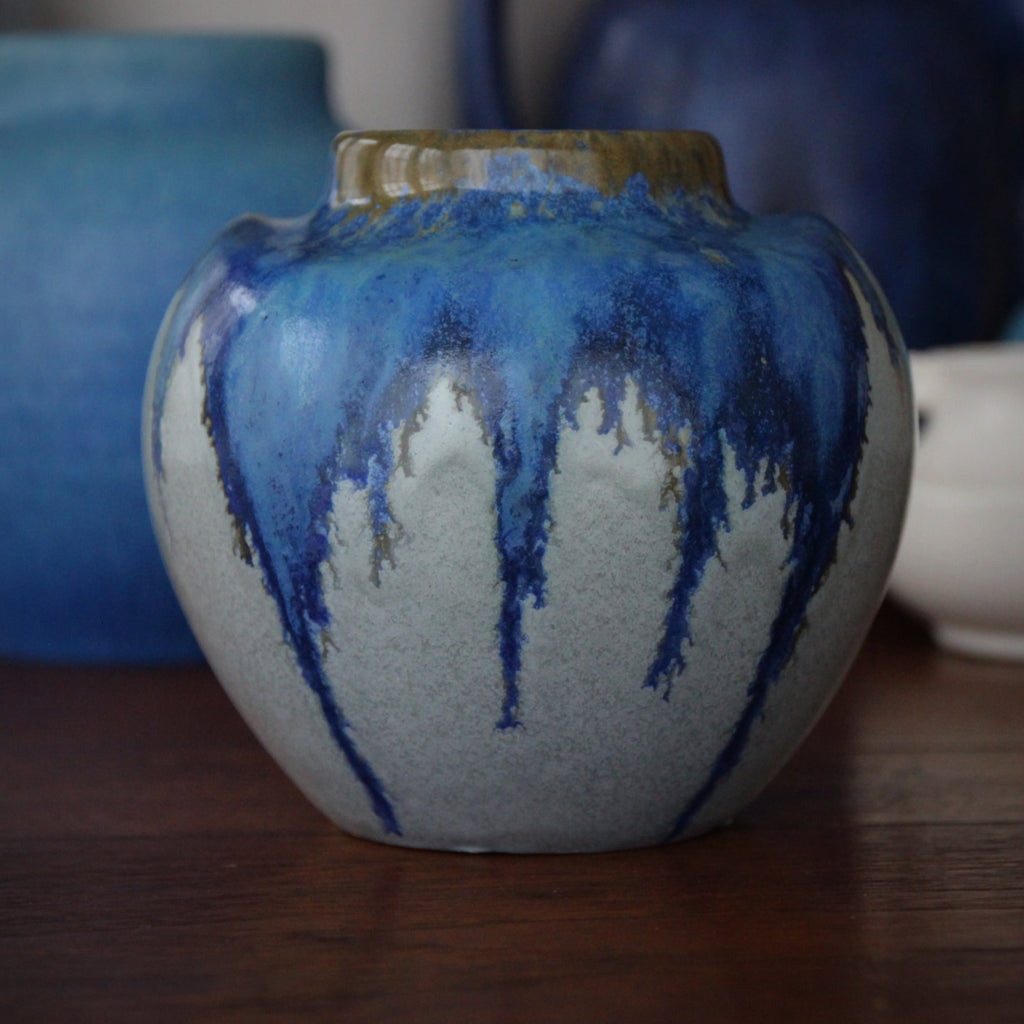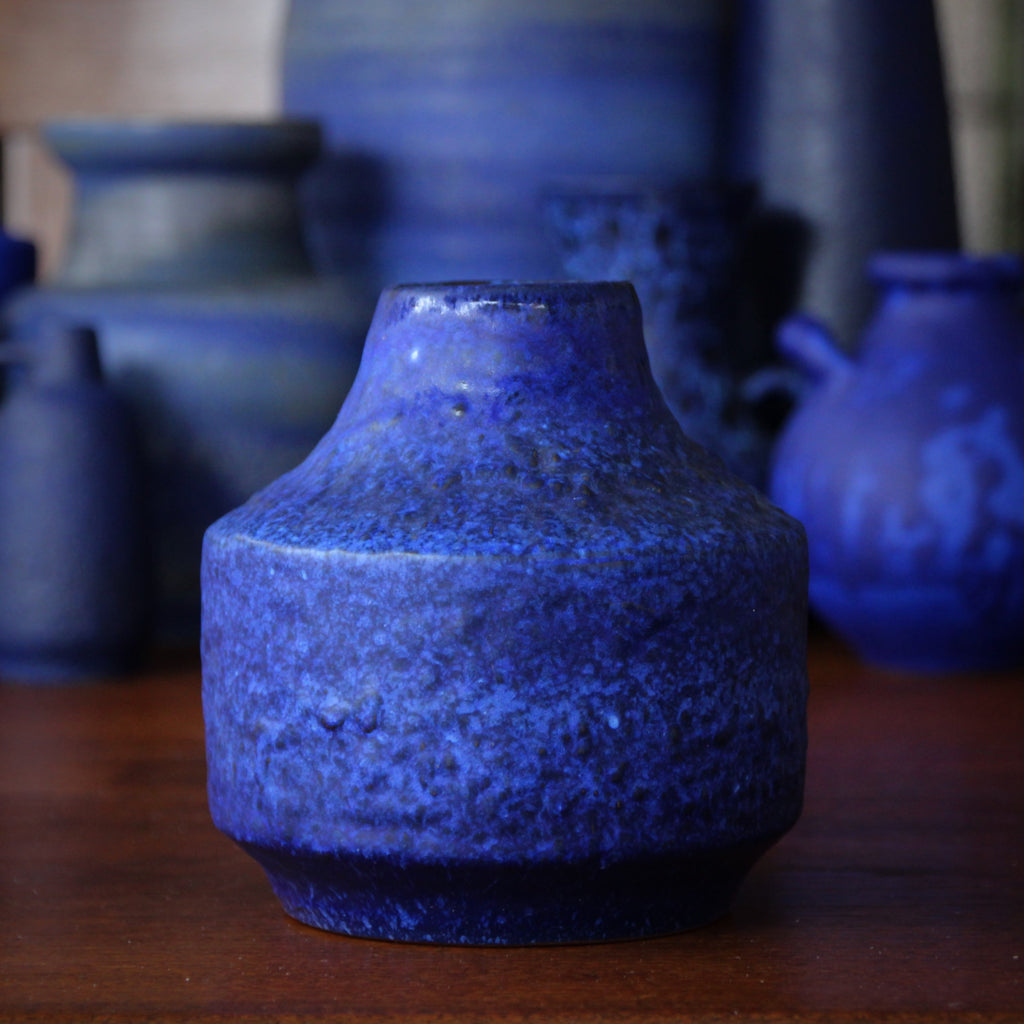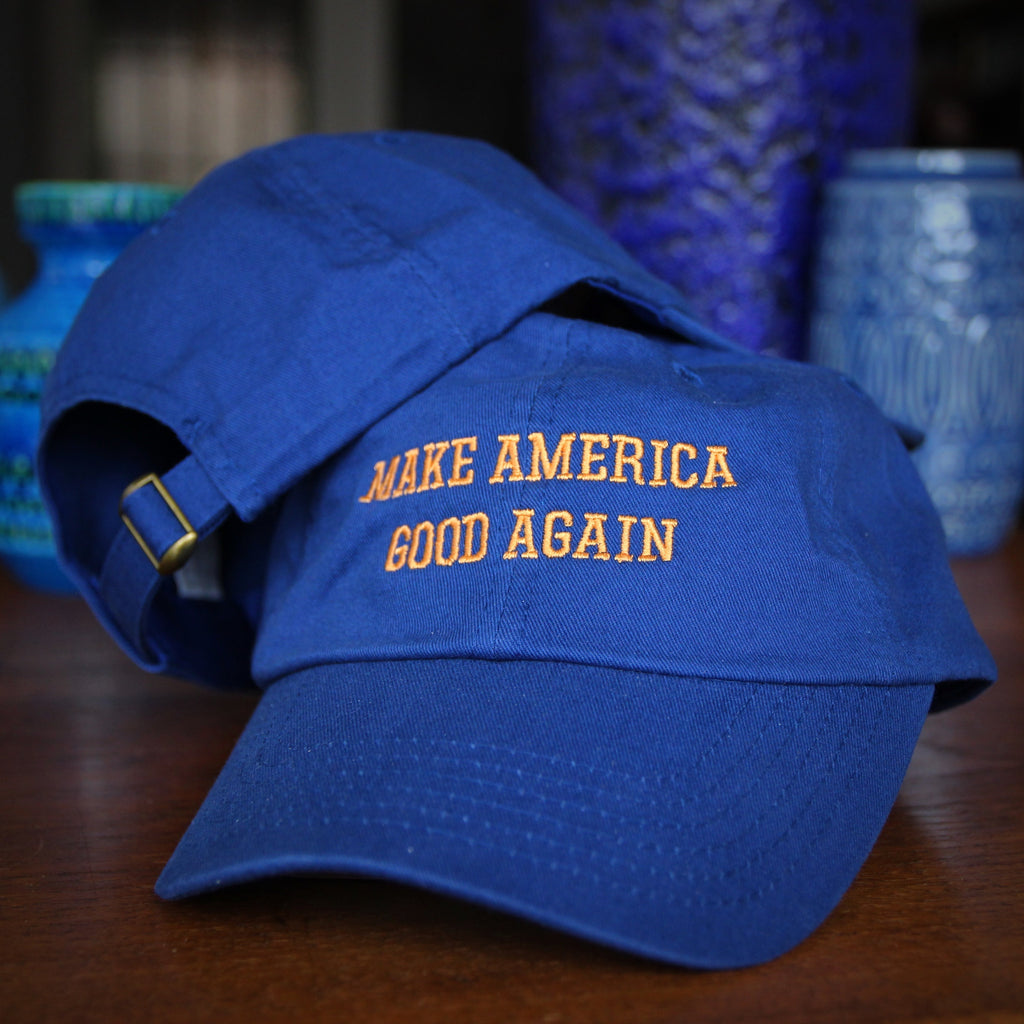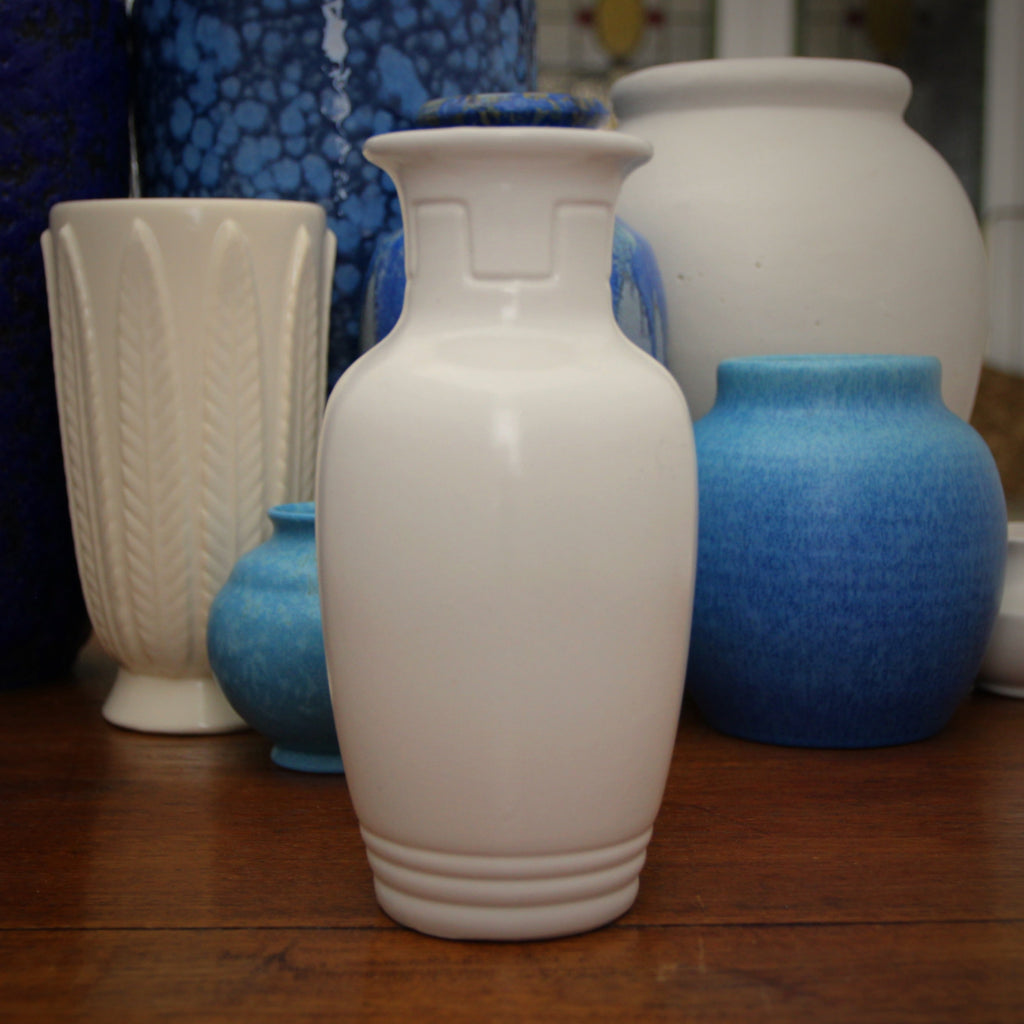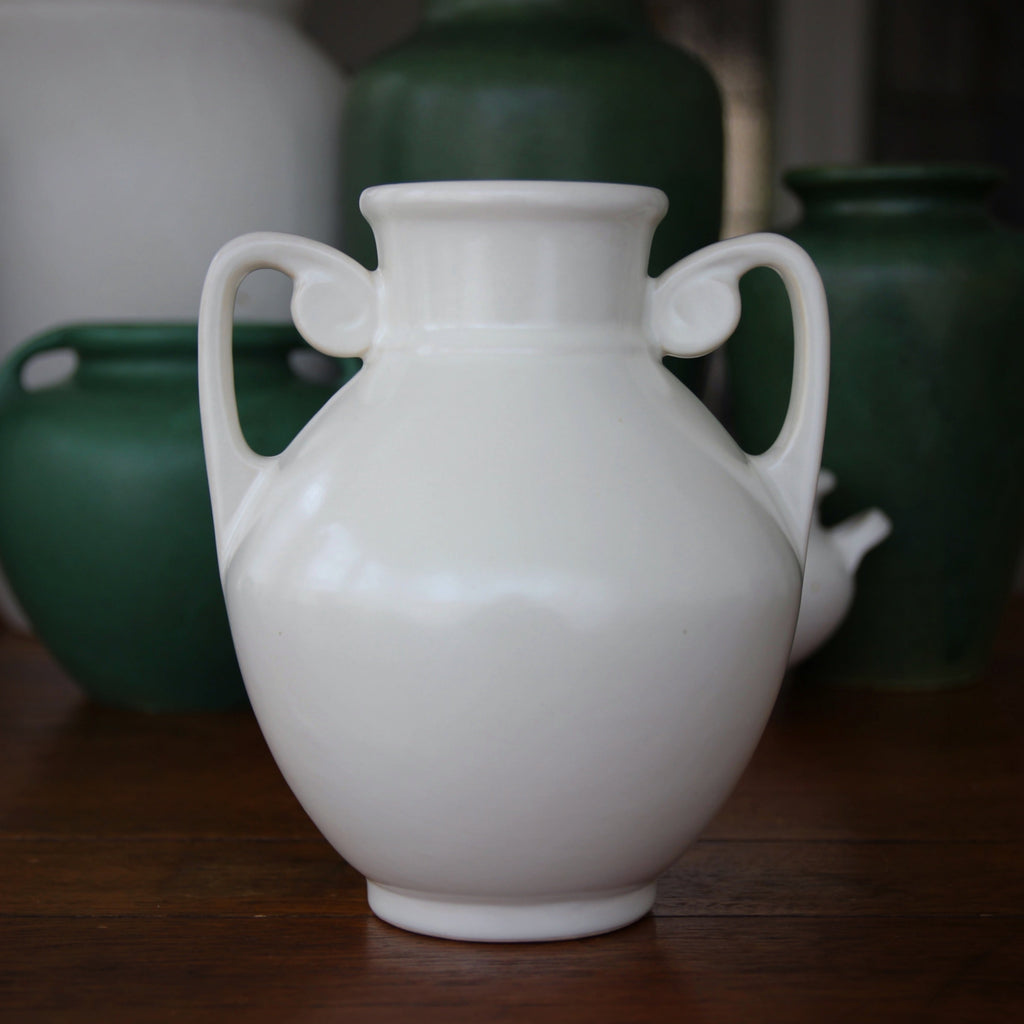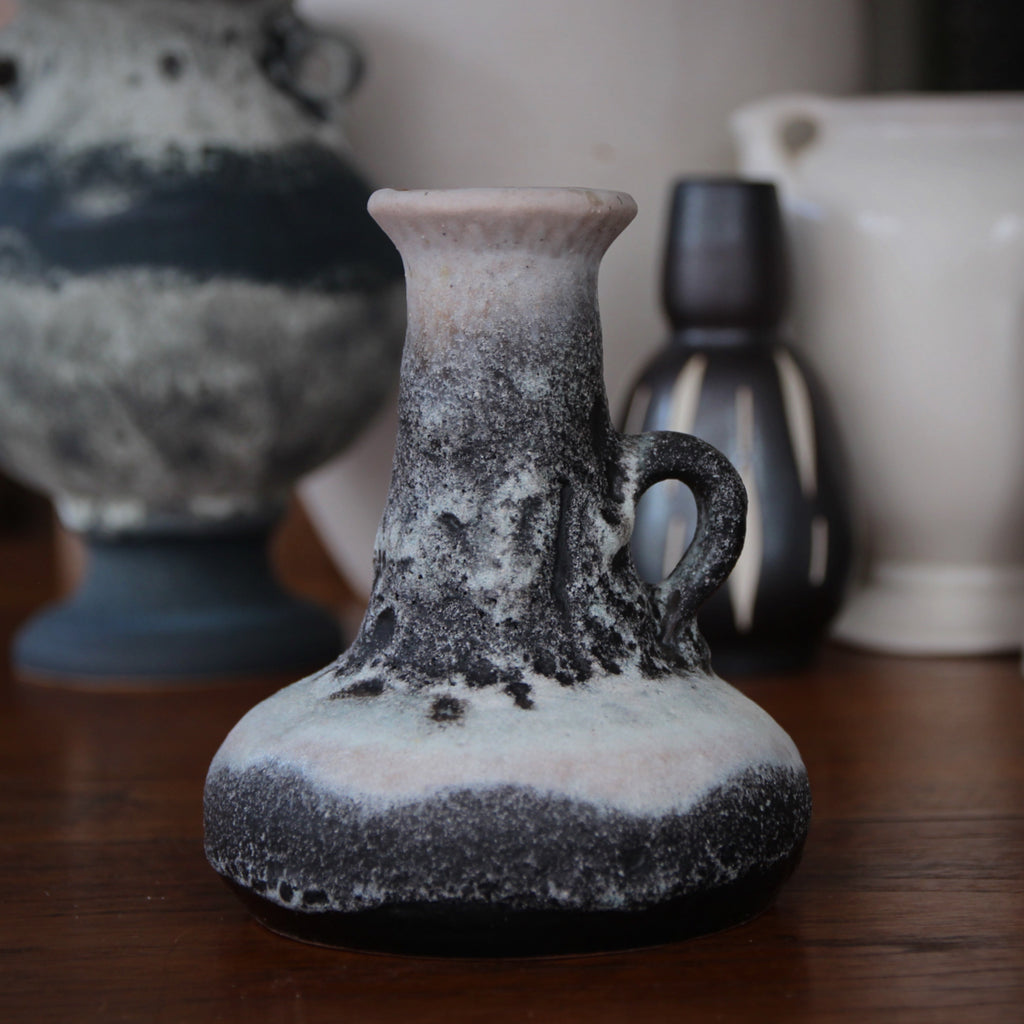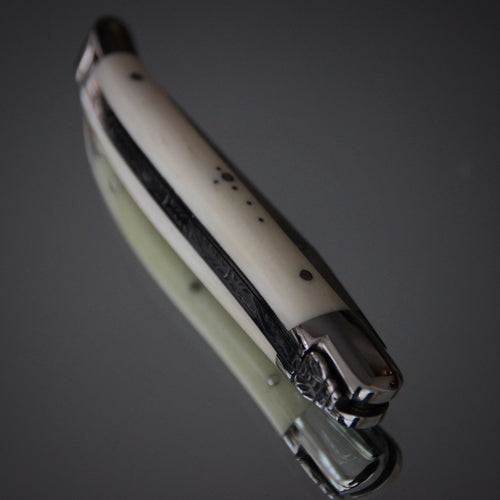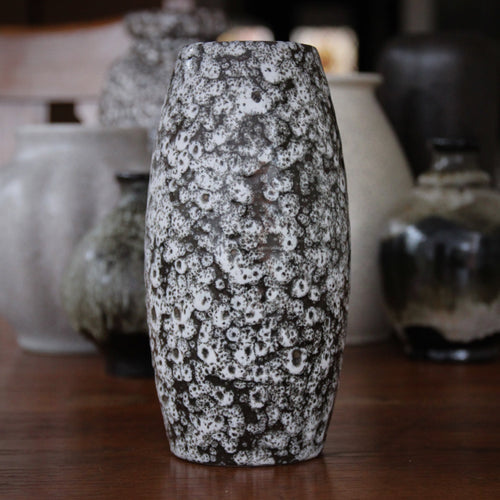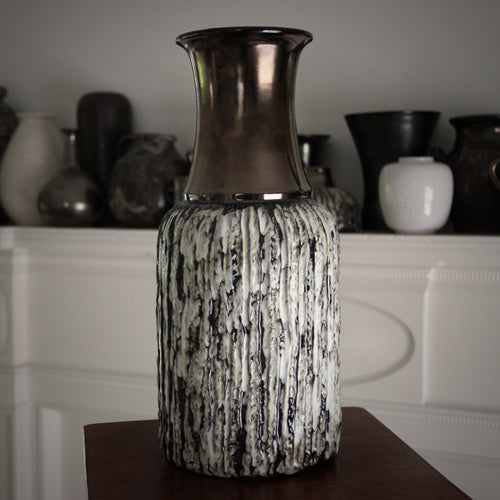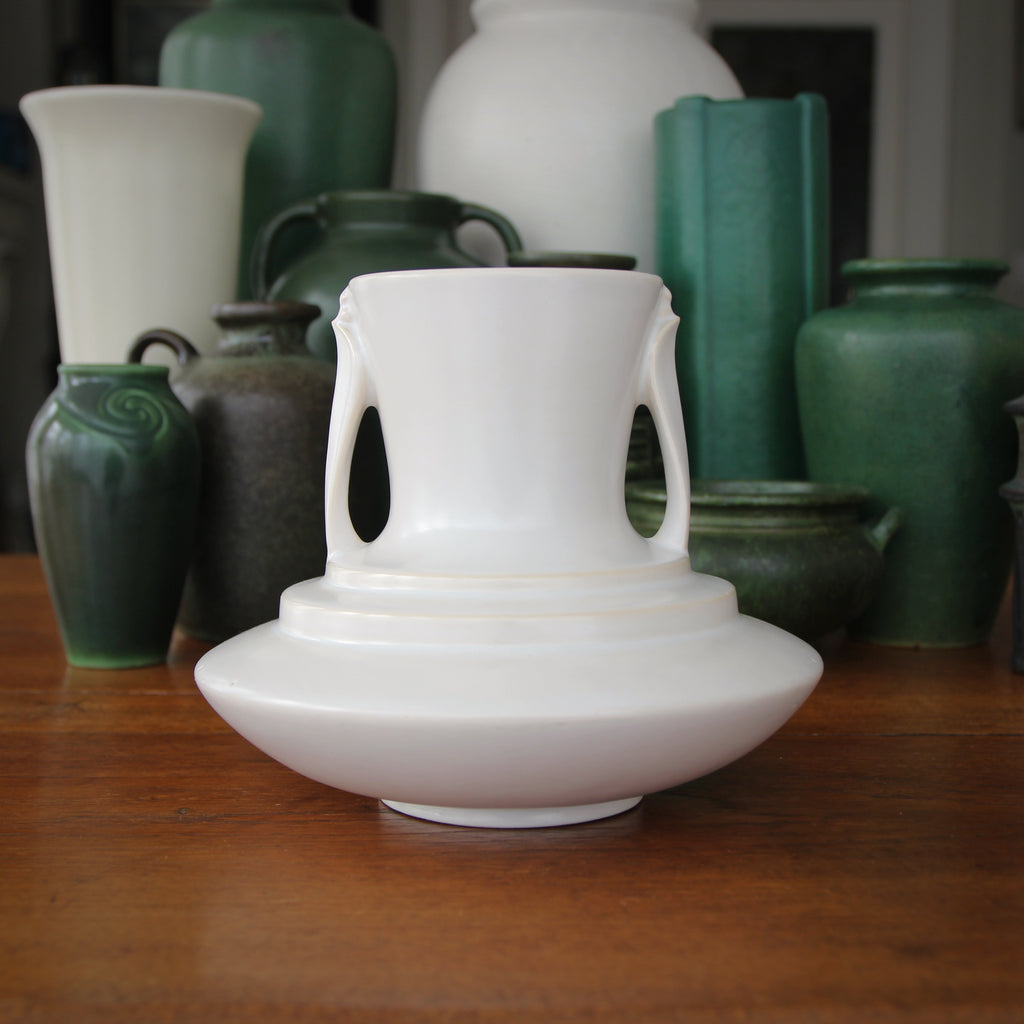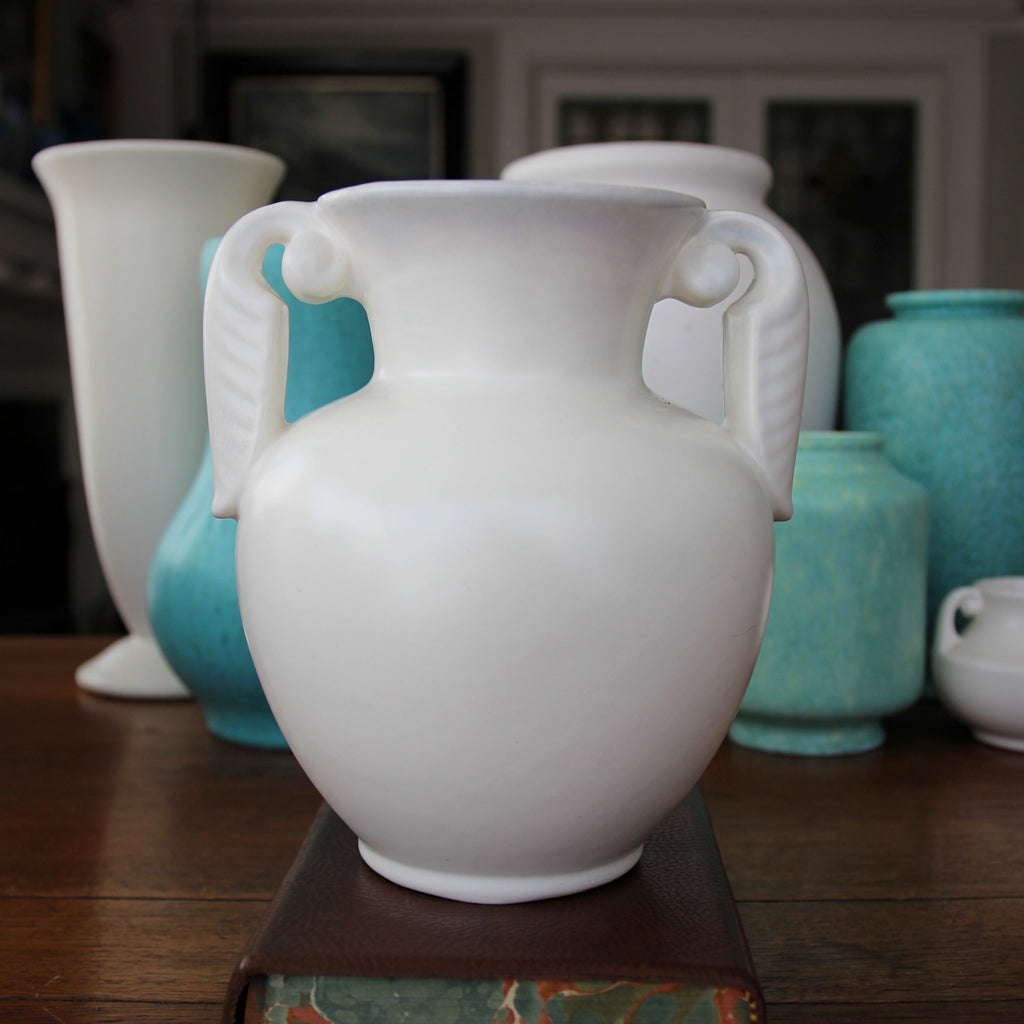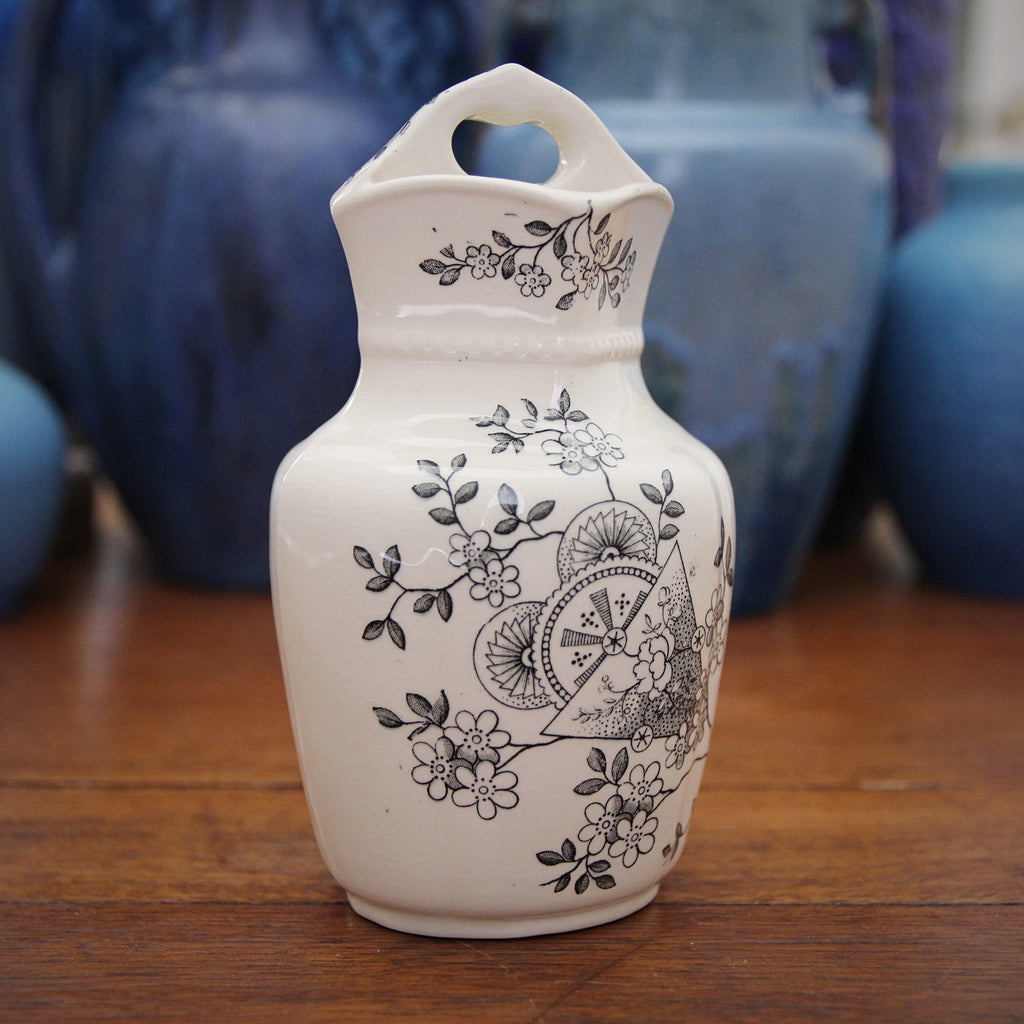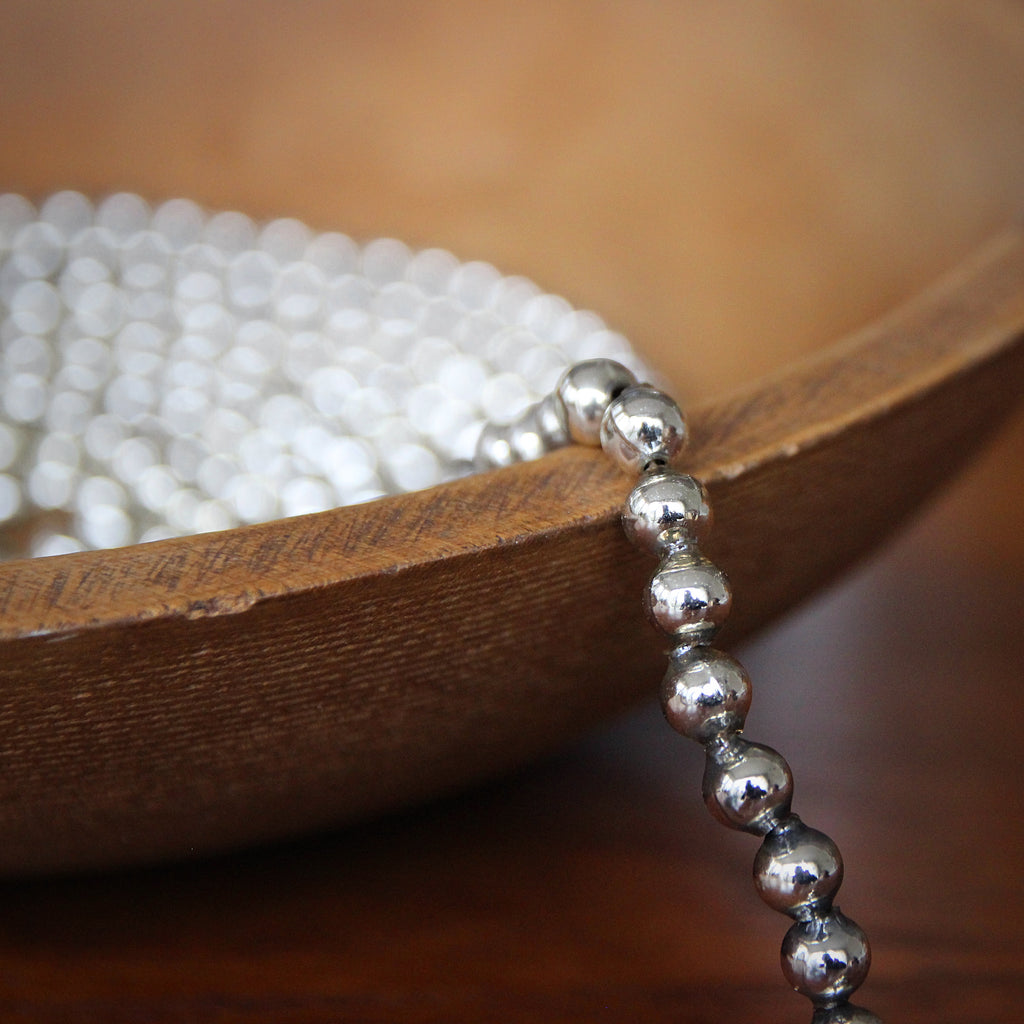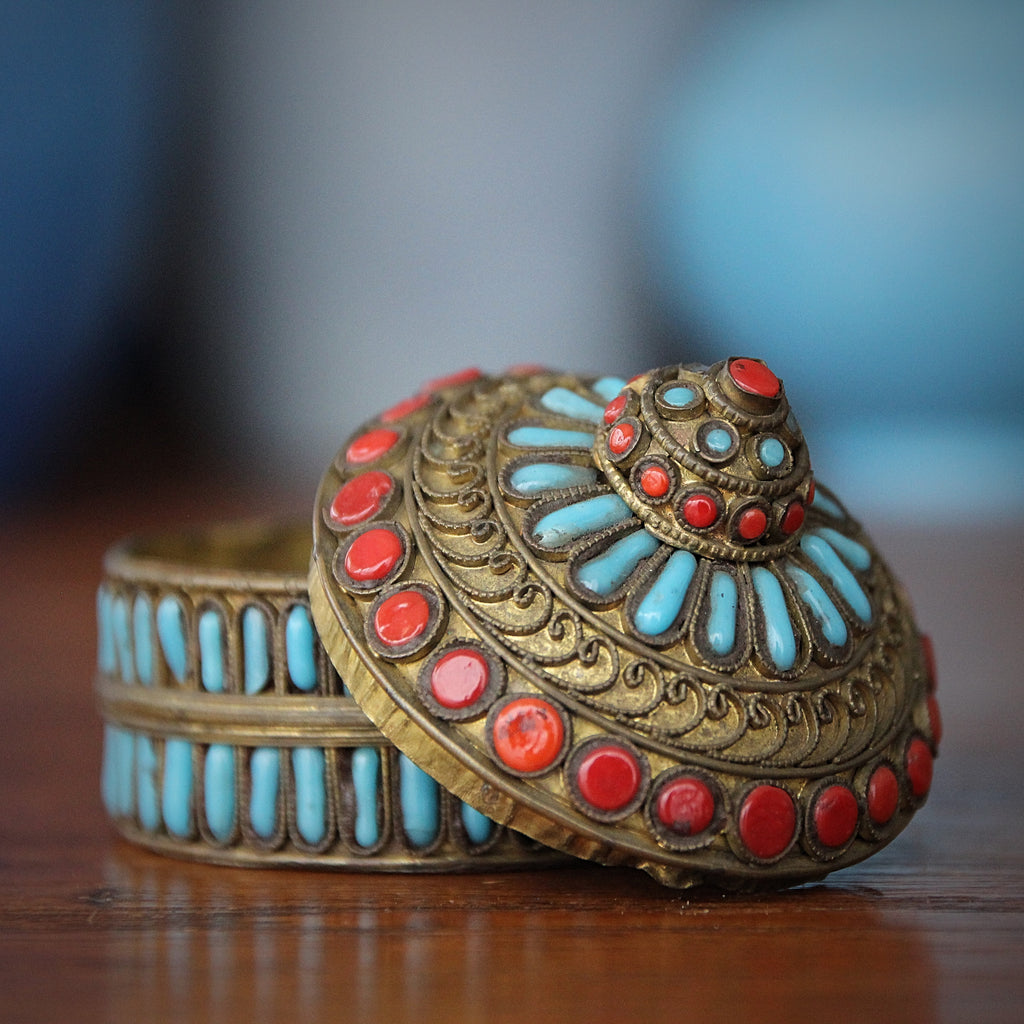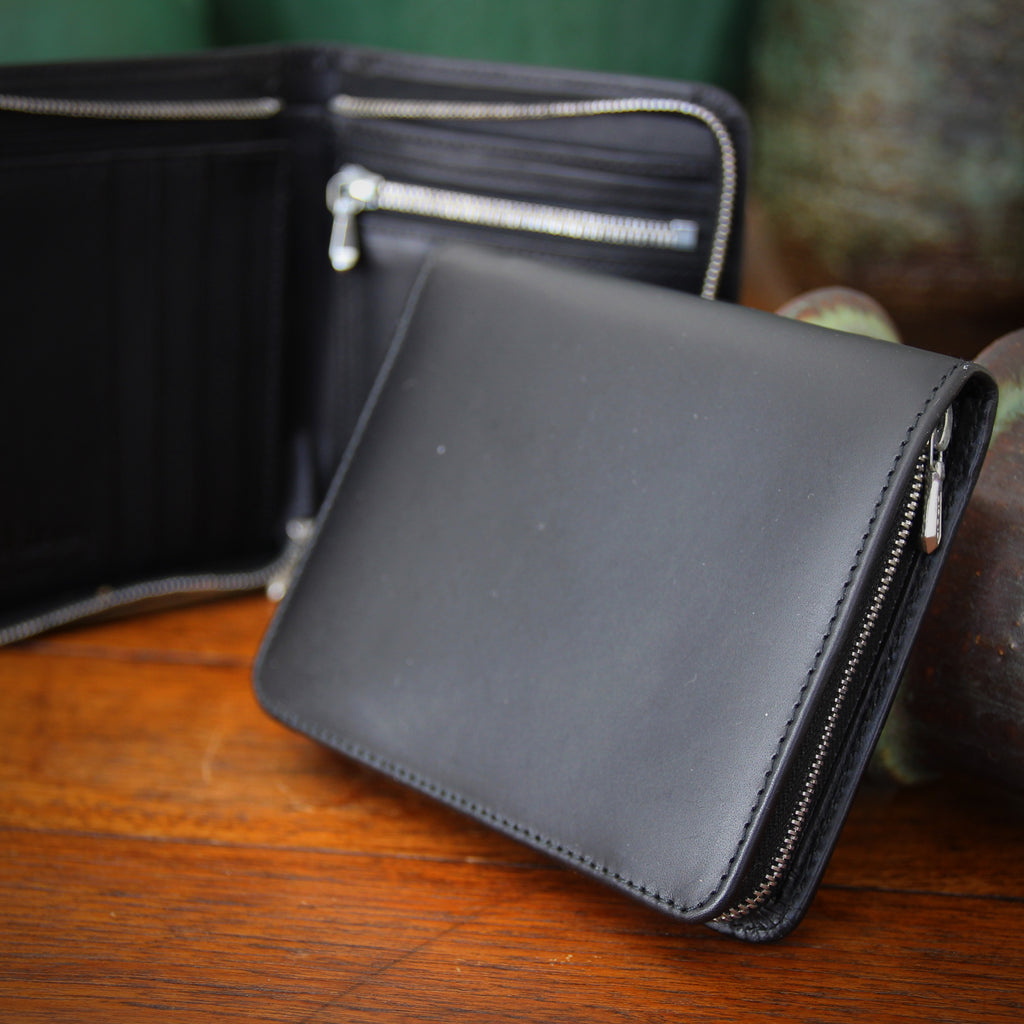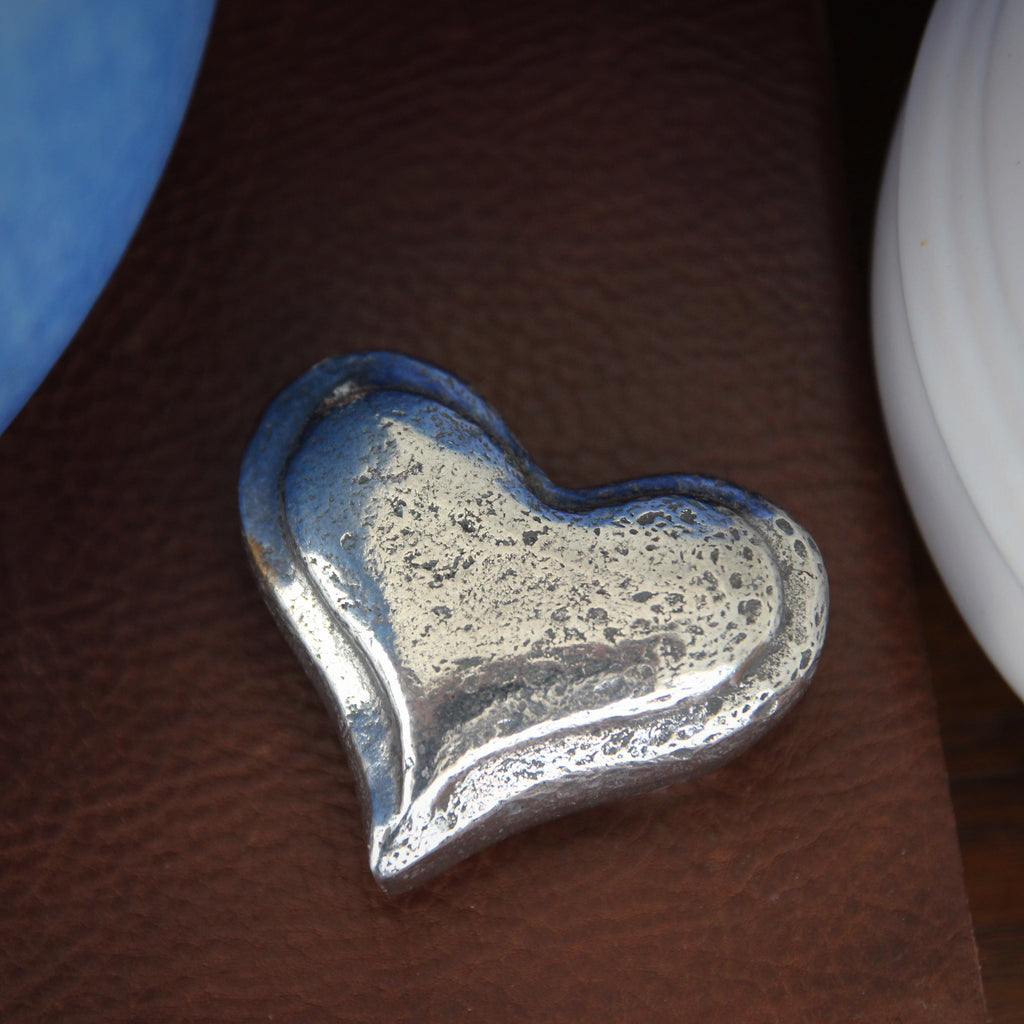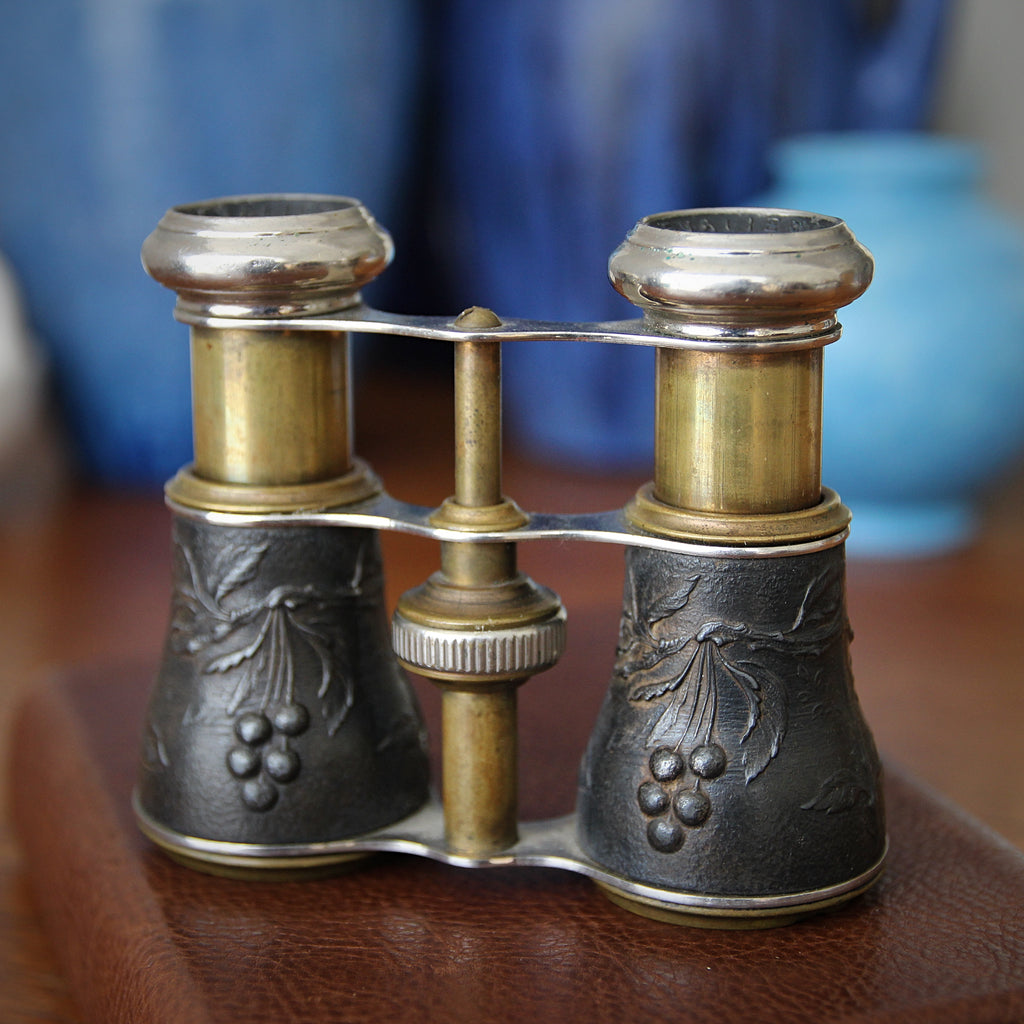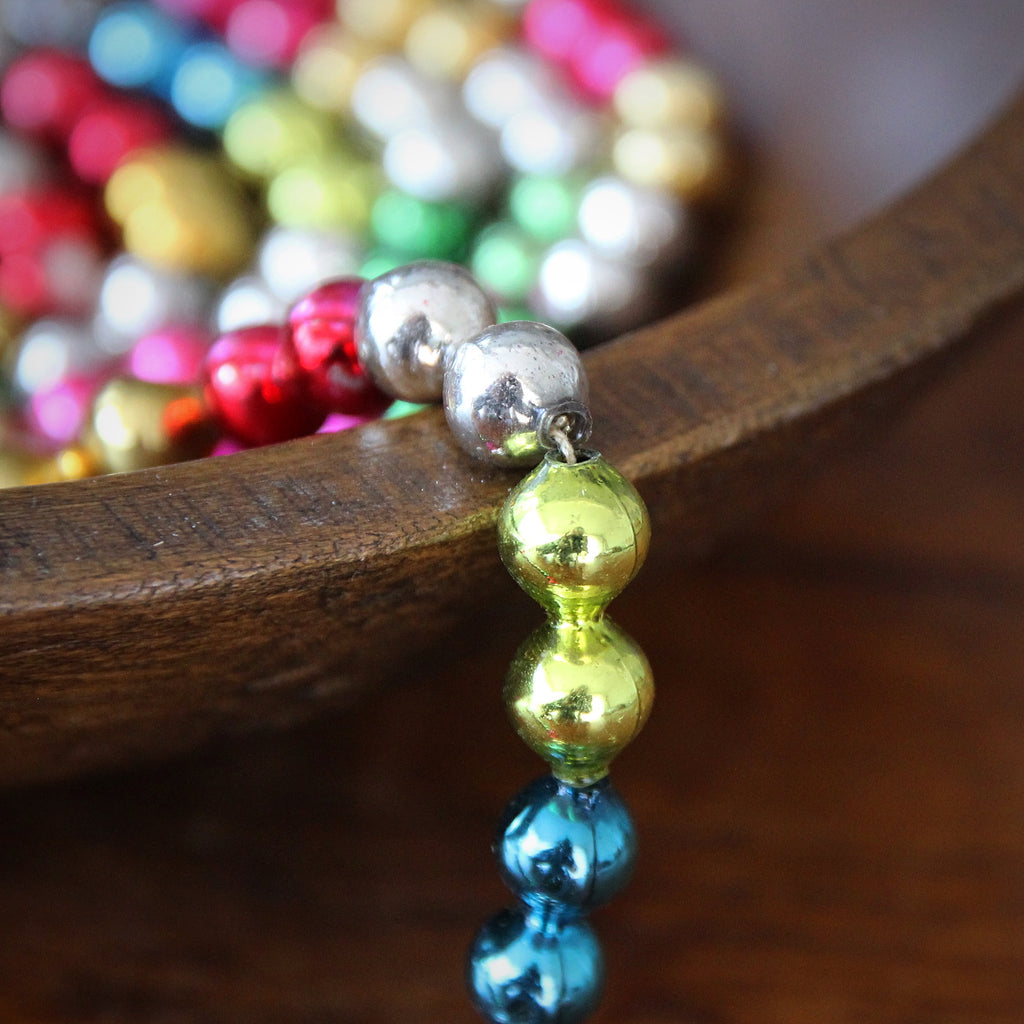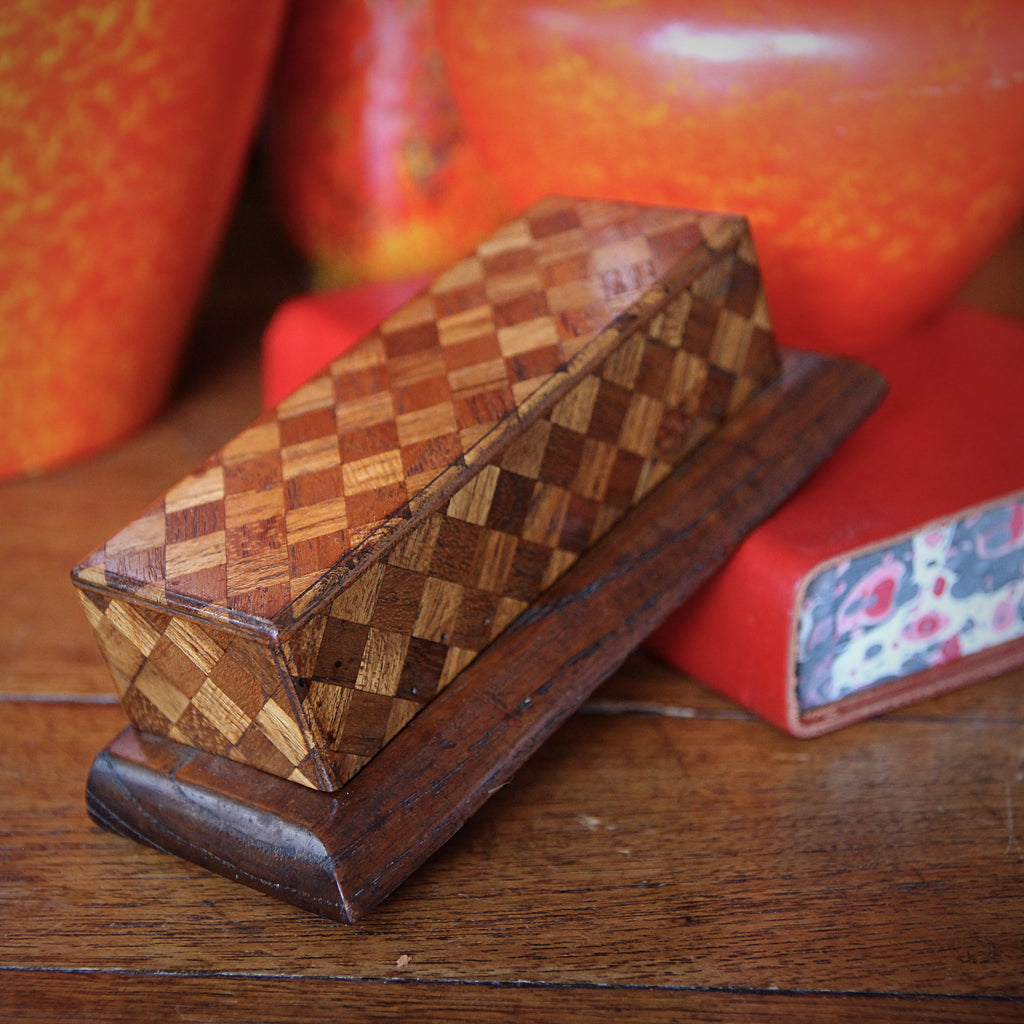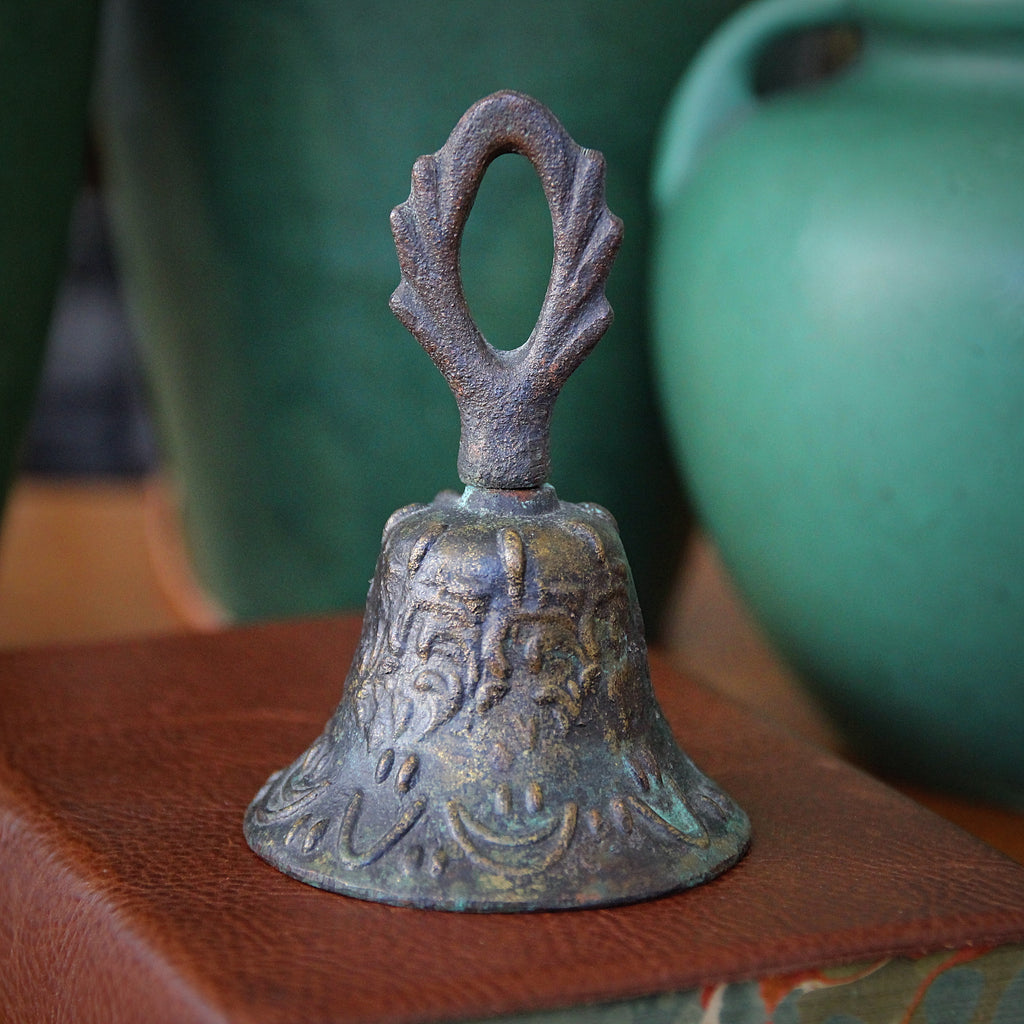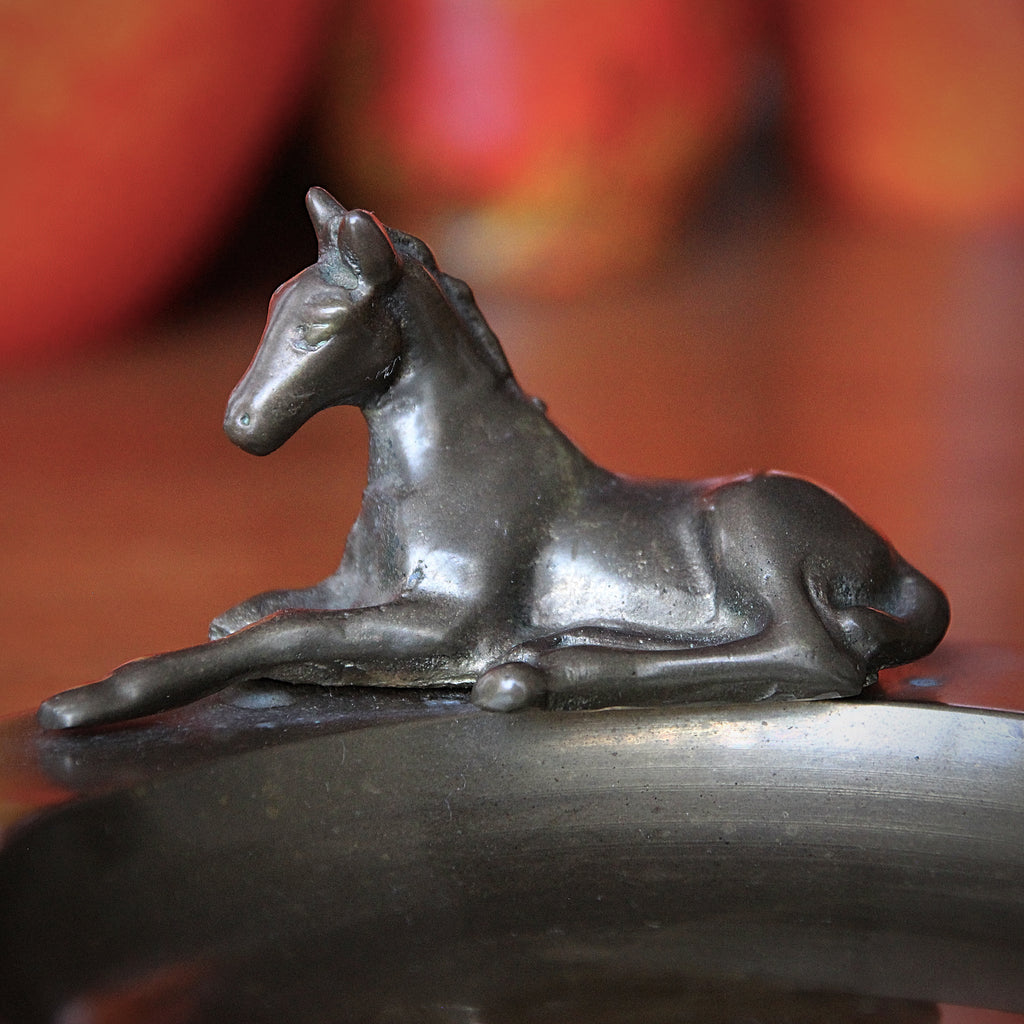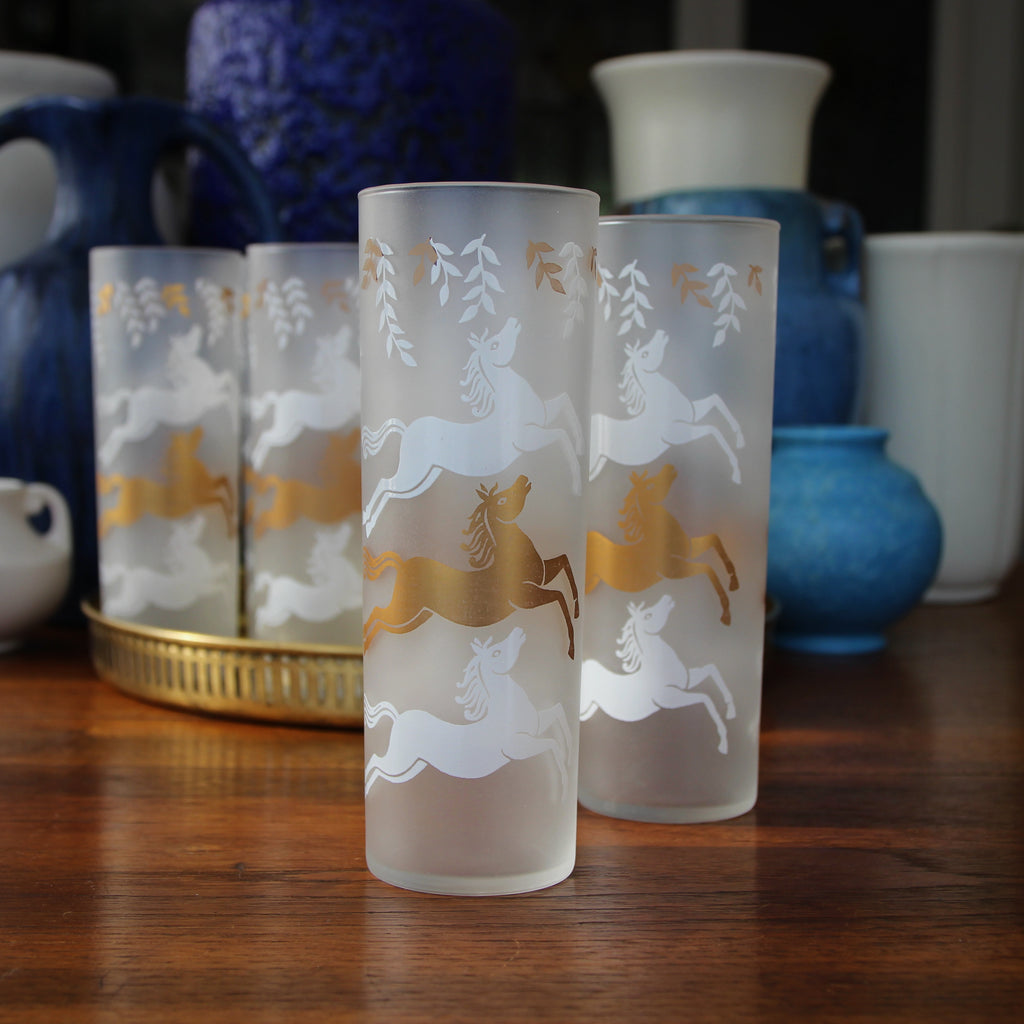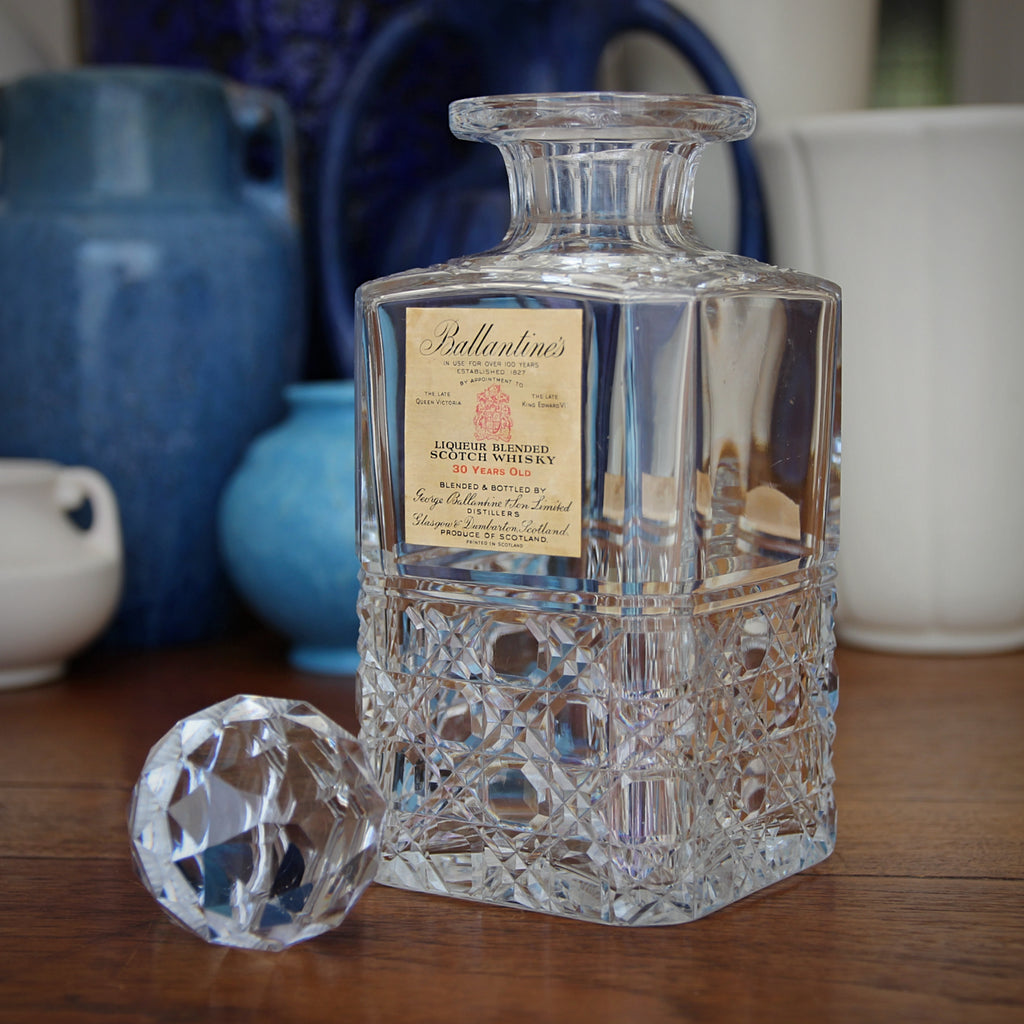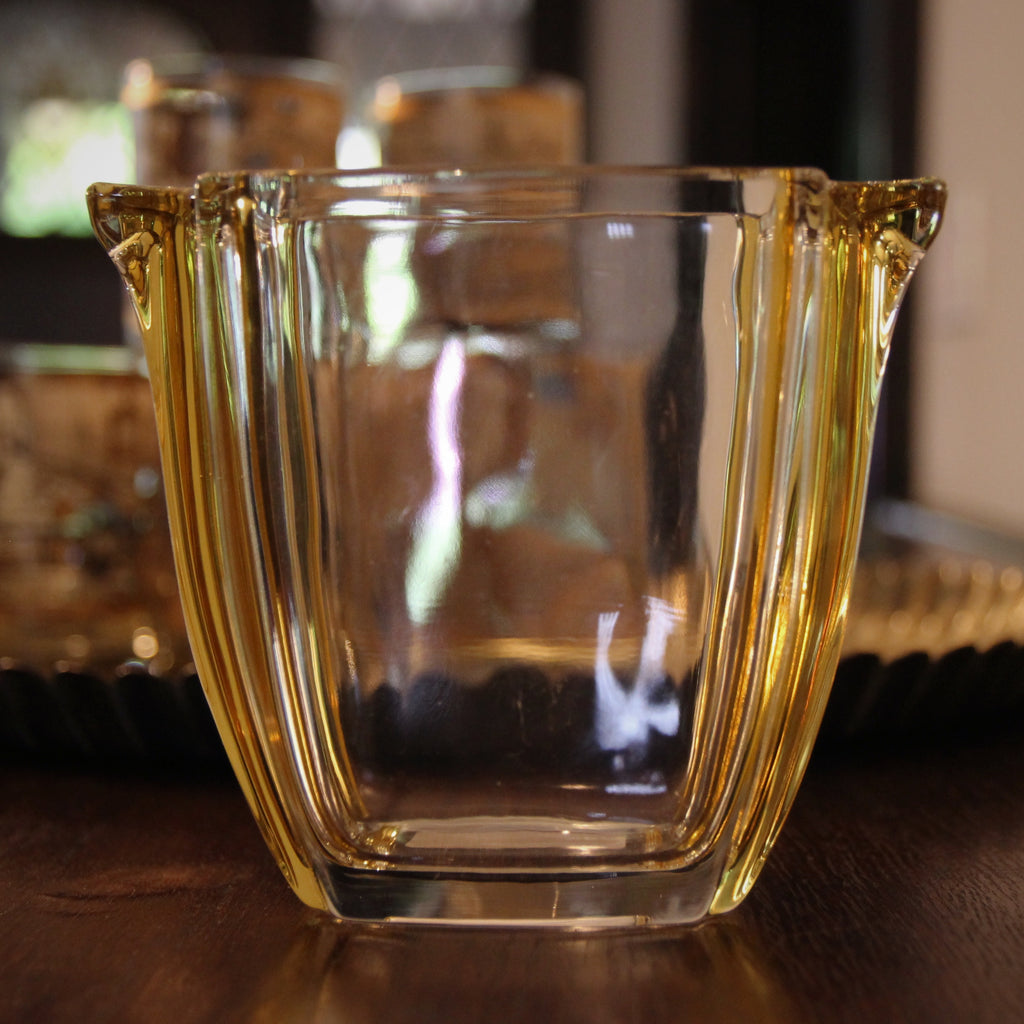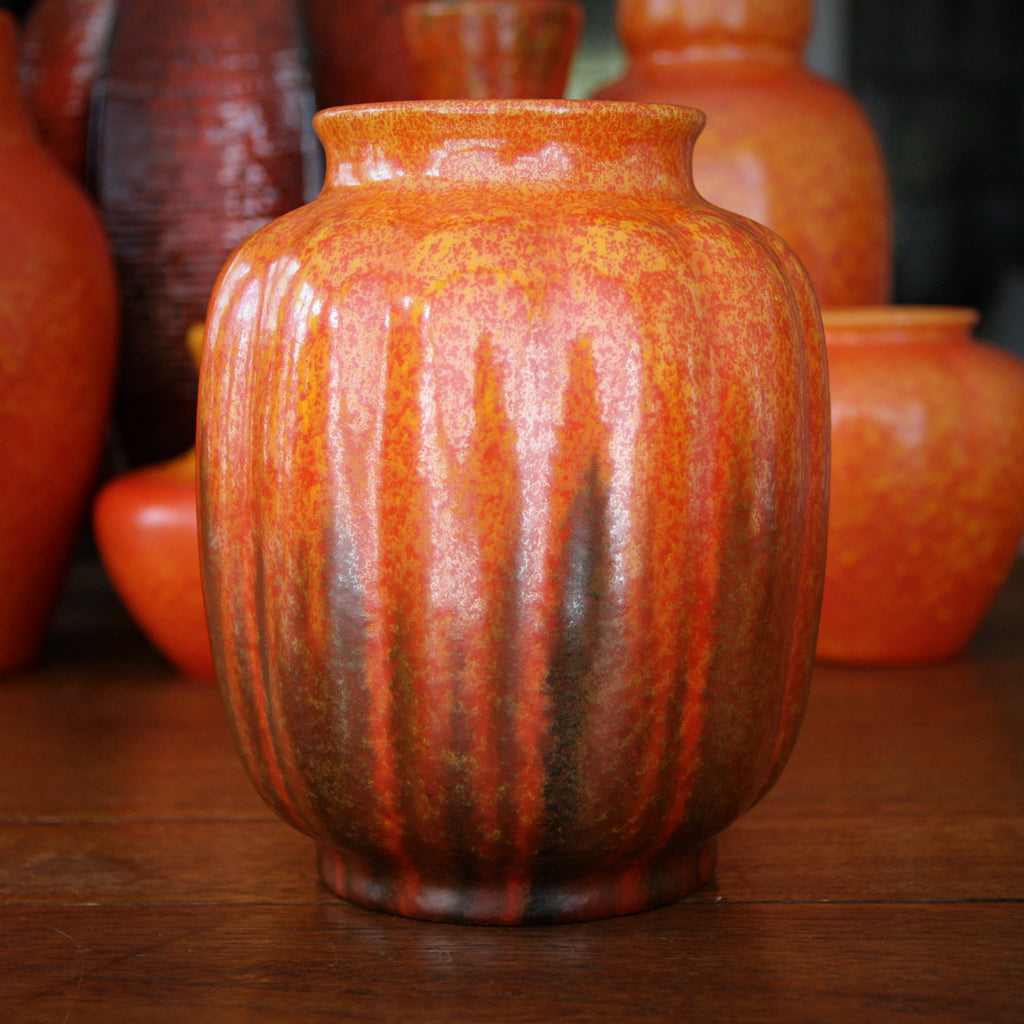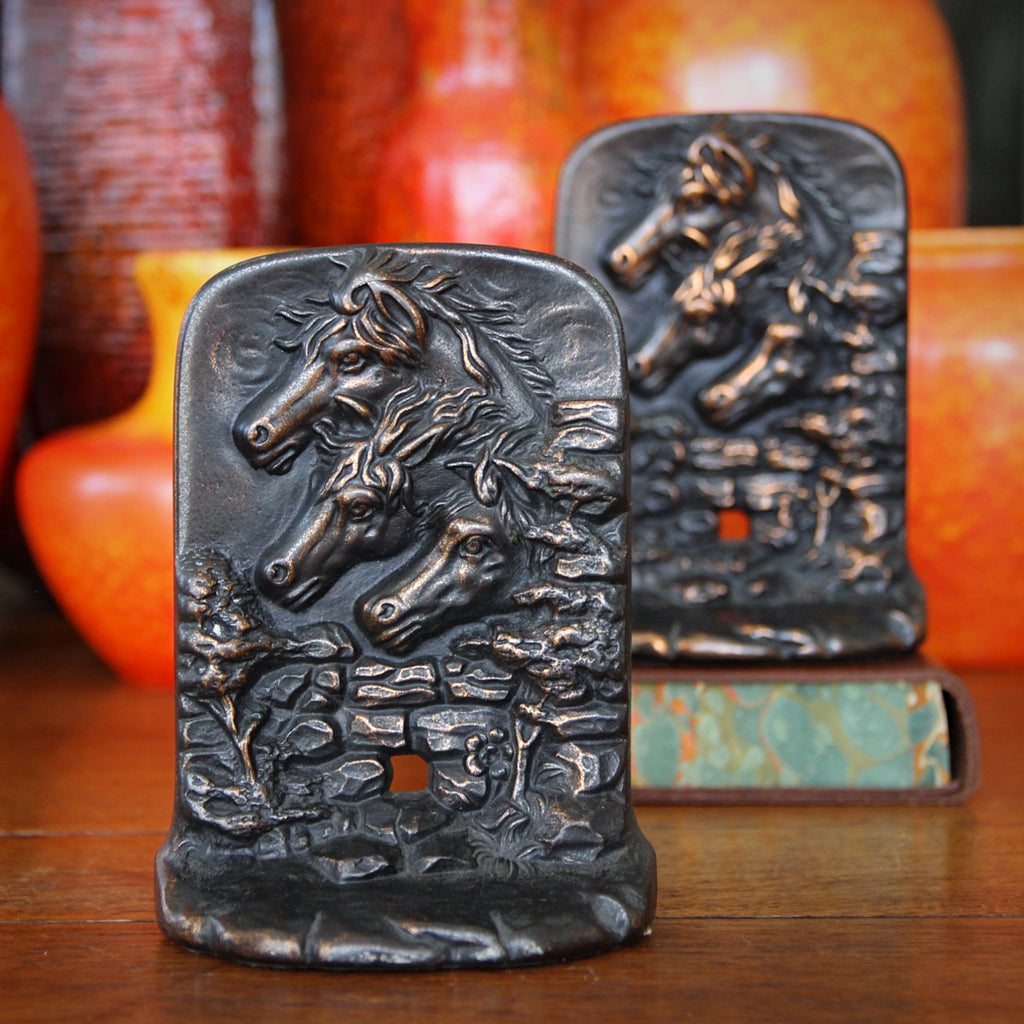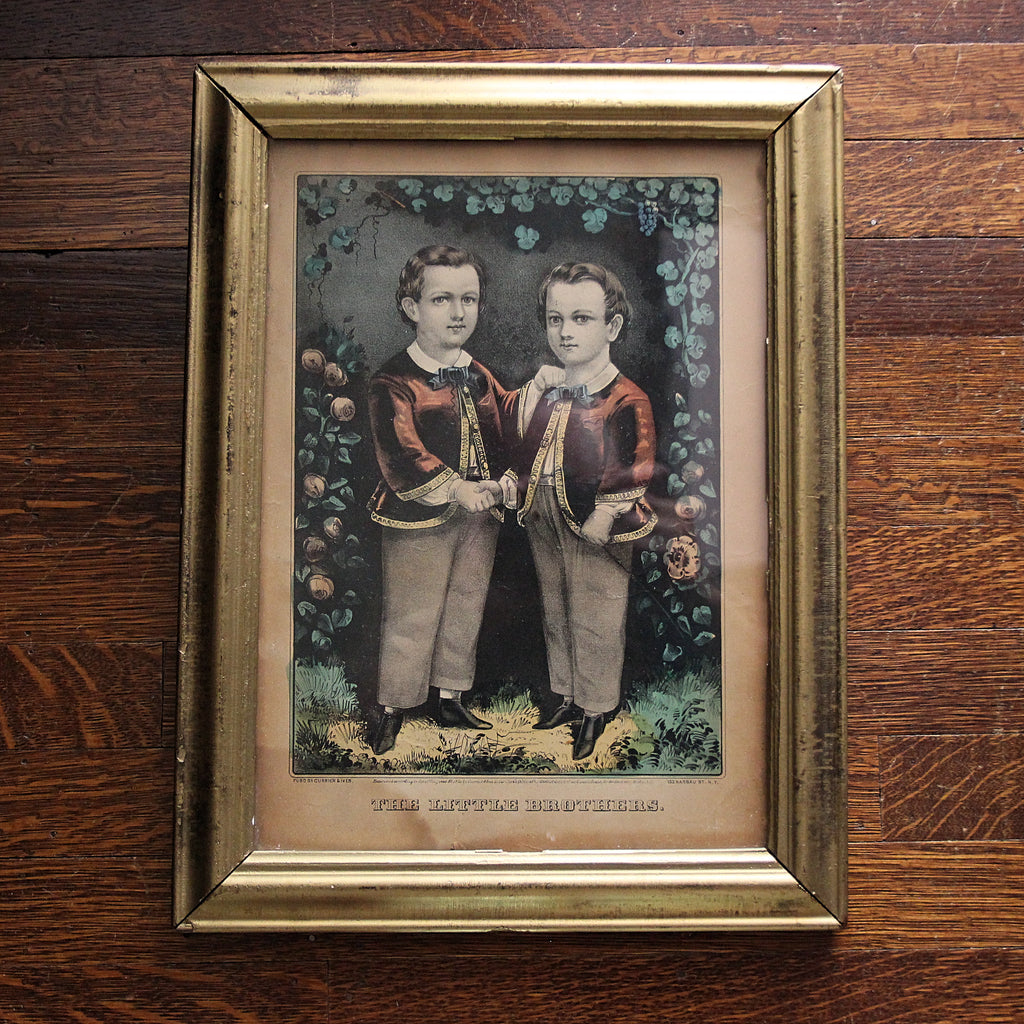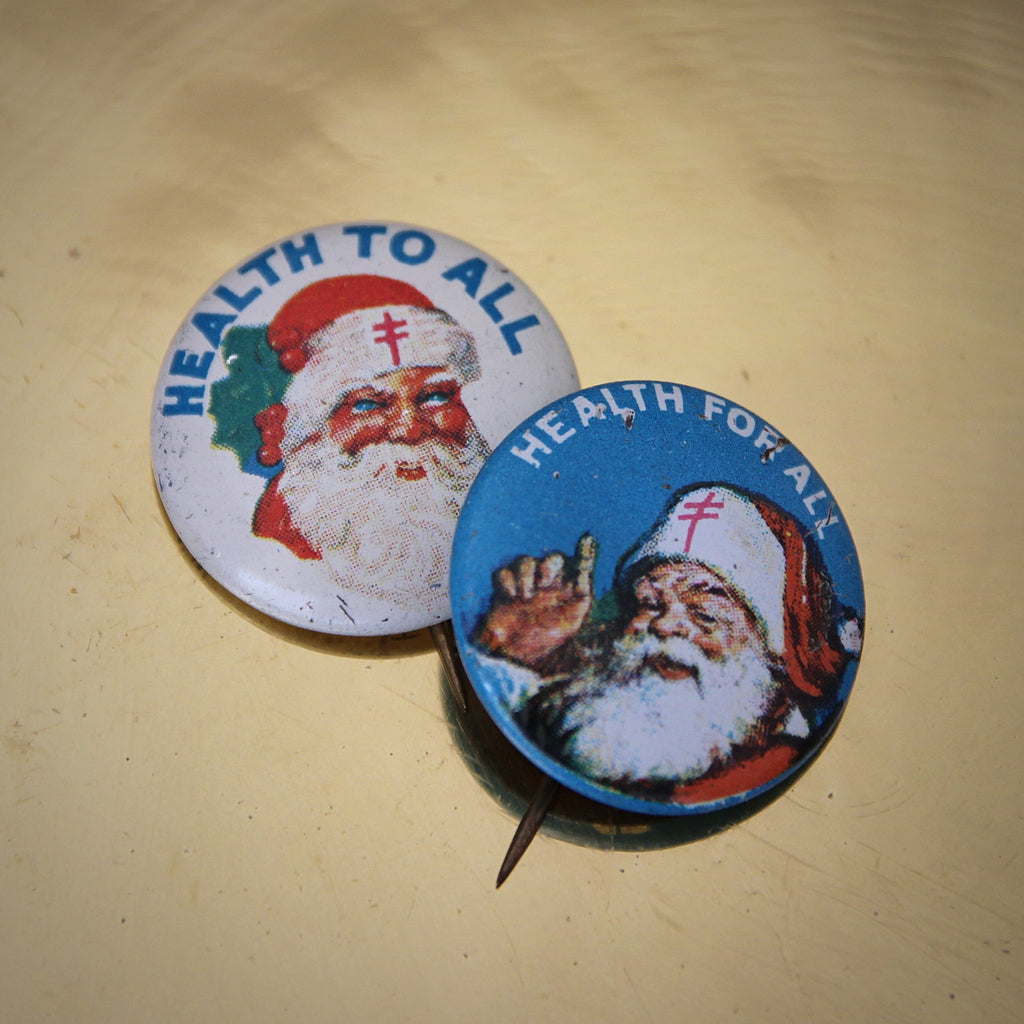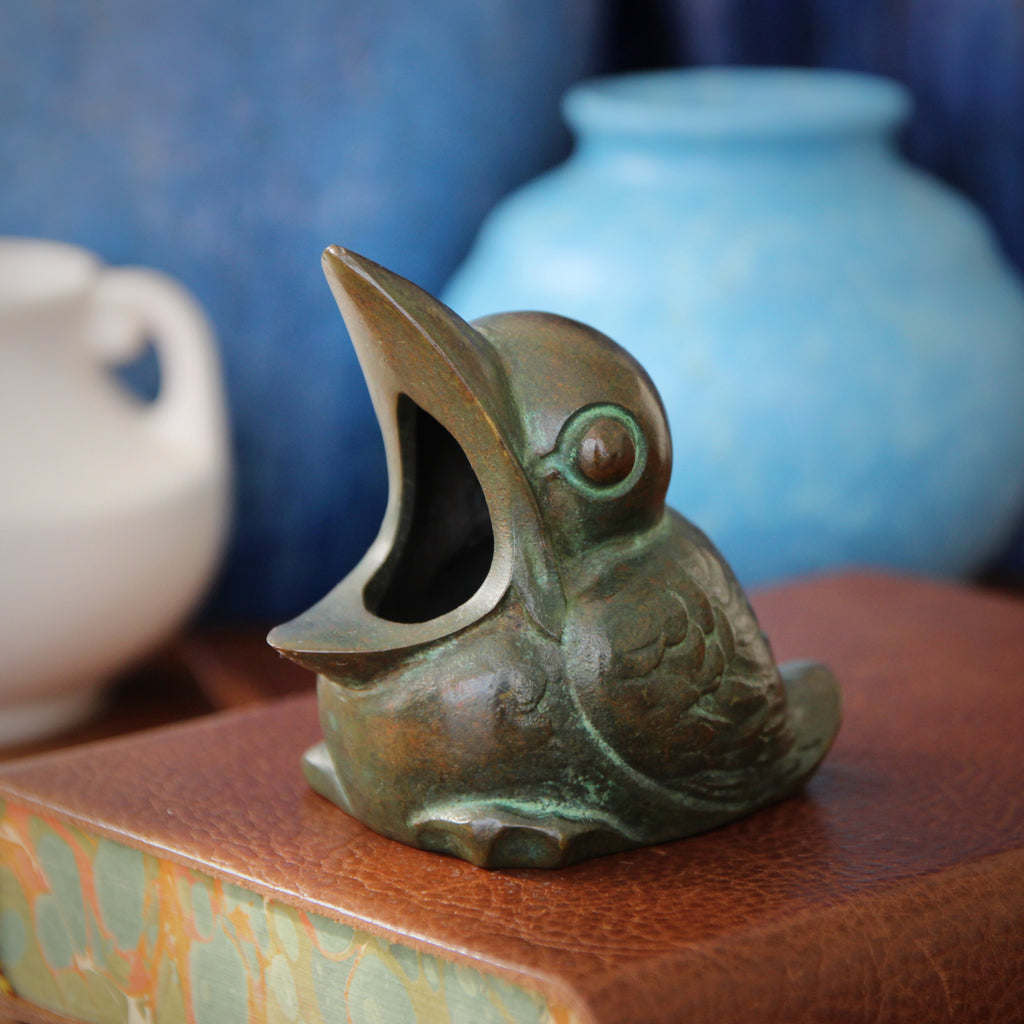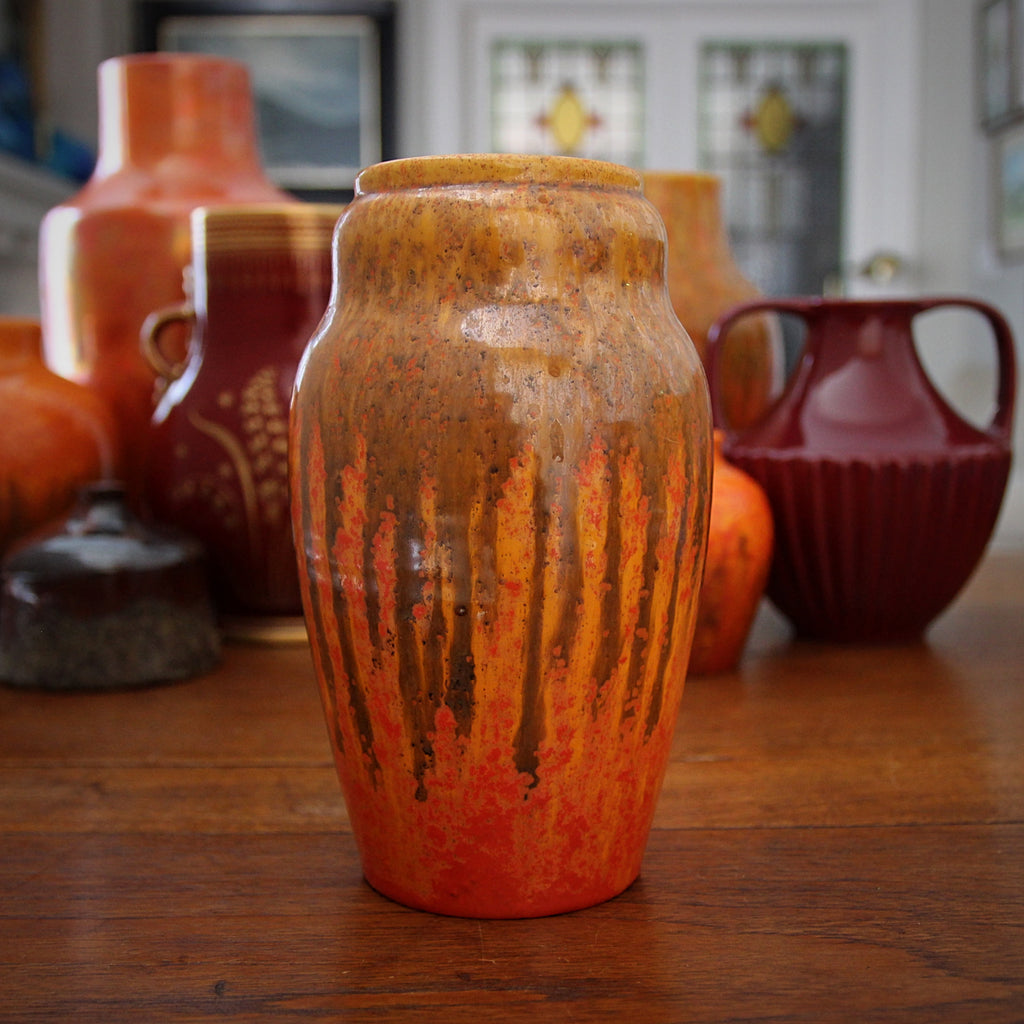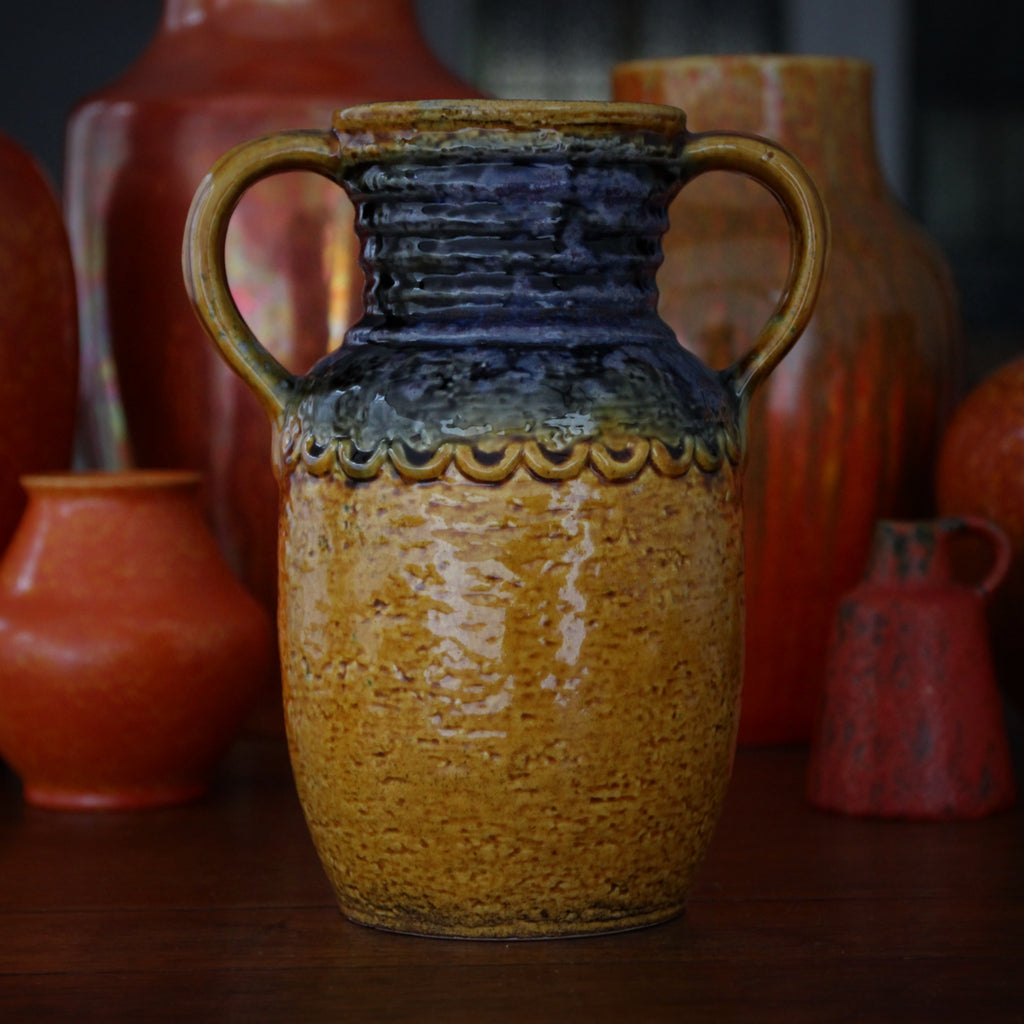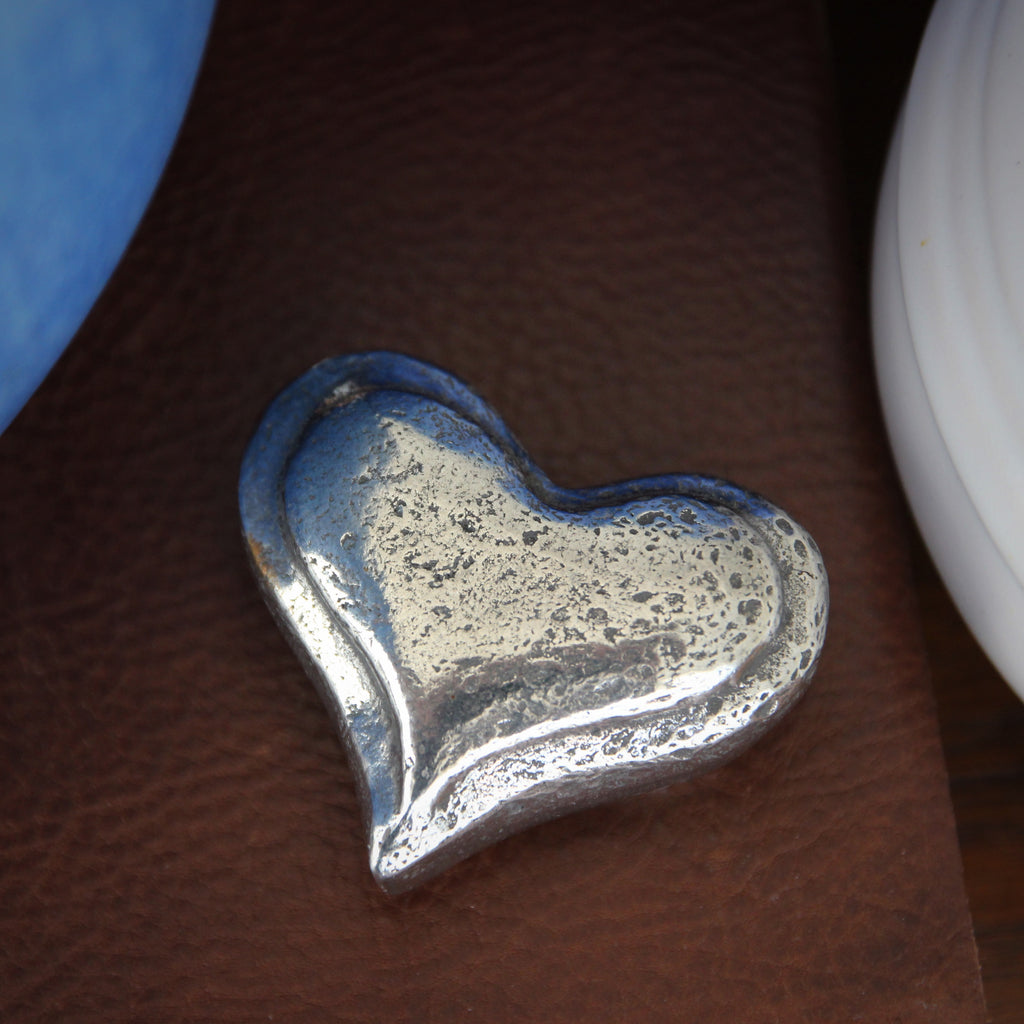JOURNAL RSS
I loved the George Clooney film, The Boys in the Boat. It tells the compelling, real life story of a group of poor college boys who form a rag-tag crew team who succeed in beating their rival, The University of California. These underdogs then go-on to best the elite East Coast Ivy Leagues at the Poughkeepsie Regatta, followed by all the international teams at the 1936 Berlin Summer Olympics. The film is an aesthetic feast—and it conveys the beauty (not to mention the blood, sweat and tears) of this most challenging of sports. Shown above, a William Nicholson sporting print depicting a rowing team on the water—which is being trained by their coach (astride a horse, along the river bank)....
Sir William Nicholson - V
I've never thought of "coaching" as a "sport"—though I will admit that it is a highly-physical, even athletic undertaking (for the horses, the coachmen and the passengers being tossed-about the carriage). Nevertheless, this Coaching print is part of a portfolio called An Almanac of Twelve Sports, published in 1898. Sir William Nicholson provided the artwork (woodblock prints which were then reproduced as lithographs) while Rudyard Kipling provided the verse.
Sir William Nicholson - IV
Shooting has always been a popular sport amongst British upperclass men. Weekend "shooting parties" at grand country estates were fashionable amongst the well-to-do. They were also satirized in movies like Gosford Park. Though these aristocratic sportsmen certainly would "muck about," regardless of the poor weather, they could afford certain hired luxuries like "beaters" (men to flush the birds out of the grasses) and "loaders" (who would quickly prepare the shooter's next gun so that the master could shoot continuously). A wealthy aristocrat would have a large estate and a permanent "gamekeeper" (and maybe an "under gamekeeper") who would maintain the semi-wild grounds and conditions for optimal animal breeding and replenishment. Gamekeepers would also try to prevent poachers and other predators...
Sir William Nicholson - III
Sir William Nicholson's London Types was published in 1898—13 printed portraits of quintessential London characters, presented as a bound portfolio. The series included such iconic Londoners as a Beefeater, a Policeman, a News Boy, a Horse Guard, a Barmaid and a Hawker selling trinkets. Shown above, a Flower Girl—probably selling her wares in early morning Covent Garden. These prints utilized the bold and simple graphics—with lots of heavy black line—for which Nicholson was well known. Irish playwright, George Bernard Shaw, wrote his famous play, Pygmalion, in 1912—some 14 years after this print was published. But most educated Brits were well-familiar with the Greek myth of the sculptor who fell in love with one of his creations, come-to-life. The play Pygmalion—and...
Sir William Nicholson - II
As a youth, Sir William Nicholson studied at an art school run by Bavarian-born (multimedia) artist Hubert von Herkomer. Herkomer was a painter, portraitist, filmmaker and music composer. In 1886, Herkomer built a home, called Lululaund (named after his late wife), in Bushey, a village about 20 miles north of London. The house was designed by the illustrious American architect, Henry Hobson Richardson, which was to be his only building in Europe. Richardson provided his design of the house in exchange for the portrait Herkomer had painted of him. In this home, Herkomer established his studio and an art school—in which the young William Nicholson studied. And it was here that Nicholson met his future wife, Mabel Pryde.
Sir William Nicholson - I
Sir William Newman Prior Nicholson (1872-1949) is amongst my favorite "Edwardian Era" artists. He was born in Newark-on-Trent, an "inland port town" about 125 miles north of London. He studied art from a young age and trained briefly in Paris as a young man. Although he was an excellent painter, he is best remembered for his signature prints—often woodcut block prints reproduced with the (somewhat modern) lithographic process. Understandably, these affordable works enjoyed a much wider distribution than his paintings were able to achieve.
Shown above, a portrait of American author Mark Twain. This print was published in 1902 as part of a portfolio of a dozen images of illustrious personages, titled Twelve Portraits—Second Series.
Finally February!
Boy! Didn't January 2025 feel six months long! But we've made it to February, and she brings with her a birthstone, the regal Amethyst.
"In the Olde Days," Amethysts were rare, indeed. They were considered one of the "Cardinal Gemstones"—alongside diamonds, rubies, emeralds and sapphires. Further elevating their status was their association with the monarchy—as the precious (and costly) color purple has long been linked to the royalty. Alas, new and large amethyst mines were discovered in Brazil in the Nineteenth Century, causing the global price of amethysts to fall. Though less-precious today than they once were, they remain no less beautiful—or regal. And they are the birthstone to those born in February.
Feeling Blue - IX
We end our exploration of America's Blues with this substantial and handsome Italian immigrant (make that "import")—a Bitossi ceramic ashtray. Bitossi family members had been active in ceramics-making—on the outskirts of Florence— since the time of the Renaissance. Like many ceramics legacies, they started by producing "utilitarian" objects: roofing tiles, floor tiles, architectural trim. In 1921, Guido Bitossi founded the ceramics workshop we know today, venturing into artistic, decorative objets used to decorate the home. After World War Two, the company began a new chapter under the artistic leadership of Aldo Londi (1911-2003). He executed and oversaw Bitossi's production of Modernist ceramics—perfectly timed to catch the big, post war decorating wave. Londi designed product himself; he also hired cutting edge...
Feeling Blue - VIII
Agate stones are popular throughout Britain—no more so than in Scotland. The natural "layering"—irregular stripes of stratification—build-up over centuries of time, heat and pressure. Once polished, no two pieces are ever exactly the same. Furthermore, for centuries gemologists have been dying agate to create different, pleasing color combinations.
The English brooch, shown above, was made in London. The sterling silver mounting is hallmarked London 1987. While that might not seem very old, rest assured that the agate stone itself is millions of years old (and looking better than ever).
Feeling Blue - VII
In 1901, Grand Duke Friedrich II of Baden established a ceramics workshop in Karlsruhe—in the Southwest of Germany, along the French border. His aim was to promote craft and industry in the region. Over the years, the Majolika Manufaktur Karlsruhe produced quality works which represented the changing fashions of design: from the Art Nouveau, through Art Deco, to Bauhaus and Mid-Century Modern. One of their star designers was Friedegart Glatzle. She was born in 1920. After high school and technical (trade) school for ceramics, she was snapped-up by Karlsruhe upon graduation in 1951. Over a thirty year career with the company, she produced over 1200 moulds for Karlsruhe and was the leading design voice for the company. She also oversaw...
Feeling Blue - VI
Feeling blue? Perhaps a joyful "blue rainbow" will perk-up your day?
These English Art Deco cufflinks, made in London in the Thirties. are decorated with a two-tone blue rainbow. Or, perhaps, it's a smile? The enameling decorates (half of) the faces of these goldtone cufflinks.
Feeling Blue - V
The color Petroleum Blue is a rather hard to pin-down precisely. An internet search suggests an overly broad range of bluish-greens. Furthermore, the name elicits a negative response in some—such are the environmental consequences of petroleum (especially when it has been spilled). But the color—which the Brits call Petrol Blue—is handsome, indeed. And the color did enjoy the embrace of shelter magazine hipsters five or six years ago. Broadly defined, petroleum blue is a blue-green with an emphasis on the blue. Perhaps the name poetically implies the elusive nature of the color—reminiscent of the unstable iridescence seen when petrol is spilled upon a floor or into a puddle of water. In any case, petroleum blue is a justifiably sophisticated and...
Feeling Blue - IV
This week we've been sharing some of our handsome blue pieces—an attempt to brighten the national "blue mood" as a bitter frost assaults our country. Let's hope for a change in the weather.
The simplicity of the English Arts & Crafts vase, shown above, belies the technical and aesthetic beauty of the piece. The voluptuous shape seems to curve sensuously in all the right places. And the softly-dappled cobalt glazing is simultaneously simple and complex, at once soft and bold. The form and the glazing are satisfyingly executed—whether the vase is displayed alone or within a larger group of ceramics.
Feeling Blue - III
When it comes to wintery glazing effects, this French Art Nouveau vase is really the icing on the roof. It was made by la Faiencerie Héraldique Artistique de Pierrefonds in the Teens or Twenties. The workshop was founded by the Comte d'Arros, Olivier de Sorra—a painter who wanted to produce ceramic wares in the village of Pierrefonds (about 50 miles northeast of Paris). After a slow start—producing "heraldic stoneware" with noble French crests—he landed upon the Art Nouveau stoneware with exceptional glazes for which he would forever be remembered.
The form is a simple, classically-inspired pot—with two little bumps, suggesting "handles" upon the rounded shoulder. A snowy-grey underglaze allows the organic, dripping overglaze to really pop.
Feeling Blue - II
Colored glass has always been popular—at least since the time that glass artists learned how to impart such hues into their molten material. In the Modernist era, after World War II, colored glassware (for drinking or serving) enjoyed a boost in popular demand. This set of six Modernist crystal stems are shaded with a smoky blue and topped with a platinum rim. A metal rim, like this, is not only aesthetically pleasing, but it also helps (a bit) to protect the delicate glass rim (where it is most likely to be chipped). Use glasses like this for water, wine, or a fancy cocktail.
Feeling Blue - I
An ill wind sweeps across America. I've been shivering for days. Others have been burning-up. How do we survive such a national calamity? There is no easy answer to such a question. For me, one thing is true: I'm praying for a change in the weather. True, the times are blue. Yet, blue can be so beautiful. Over the next few days, we will be sharing part of our "Collection of Blue"—currently in-stock at the LEO Design on-line shop. Let's make the best of the melancholy. Shown above, a West German Modernist vase, made in the Sixties or Seventies. It is squat in form, with a "volcano-form" neck rising from its crisp shoulder. And it is glazed in a sublime...
Ski Break!
Who needs a break? Let's head for the hills—to the ski slopes!
In the old days, skis were crafted from a single piece of wood. This made them rather heavy, stiff, and prone to cracking under extreme use. Jørgen Aaland (1895-1973), a Norwegian who had spent several years living in the U.S. Northwest, knew that a laminated ski would be lighter, stronger, more flexible and more responsive. Once a strong-enough glue had been created, Aaland worked many late nights to develop a plied ski—made from multiple layers of glued-together wood. In 1932 he applied for a Norwegian patent. He christened his new product Splitkein (literally, "split cane").
Going Forward
Can Goodness ever go out of fashion? No, not in the long term. In history—most of the time—Goodness is recognized and eventually crowned the hero. But, until then, there will be too many moments when we are forced to question the hearts of our fellow men. These are the difficult times, when goodness must stand-up—not be relegated to the shadows.
I created this baseball cap—blue cotton with orange embroidery—about eight years ago (or so). I never expected I would have to reorder them! But they are back, in-stock, and ready to help The Good to make a quiet, critically important statement.
Sometimes it's more important to be Good than Great.
A Lot to Bear
The times . . . well, it's a lot to bear. So let's distract ourselves with a lot of bear. Shown here, an extra large hand-carved bear from Hokkaido, Japan. Hokkaido is the second largest island in Japan, up in the chilly North. Its capital, Sapporo, is known for its namesake beer. The island was once populated by the Ainu people—who lived on Hokkaido, in Southeastern Russia, and on the string of islands which stretched between Japan and Russia. In ancient times, the Ainu maintained a "hunter gatherer" society, even while the rest of Japan developed a farming lifestyle. In time, however, through colonization and forced assimilation, the Ainu people conformed to the Japanese culture, economy and way of life....
Winter White - XII
Let's end our procession of Winter White offerings with this handsome set of six Edwardian English shirt buttons in their original presentation box. Recall that, earlier this week, we discussed the history of buttons—and how they were originally used as much to exhibit status, rank and wealth as they were used to fasten-closed a garment. This set of buttons is certainly luxe (though they retain a good measure of appropriate Edwardian restraint). A seed pearl is set within the center of the polished, mother-of-pearl faces. A "sprocketed" ring of green enameling encircles the bezel—perhaps it's a hint of the Springtime to come. The buttons' settings, as well as their fastening rings, are made of silver. A set of fancy buttons,...
Winter White - XI
The satin white finish on this Art Deco vase is wonderful to hold and behold. It was made by Abingdon Pottery in Knoxville, Illinois, in the Thirties of Forties. Like yesterday's featured Horsehead Bookends, this Abindgon vase was made of uber-durable vitreous china, is finely hand-finished, and has a creamy-smooth satin white glaze. (Please see yesterday's Journal entry for more about the Abingdon Pottery Company.)
The silhouette of the vase is of classic, Chnese high-shouldered form. A series of ribs encircle the base and simple, Greek Key fretwork circumscribes the neck. It is a handsome piece—whether standing alone or arranged within a grouping—and very useful for flowers (the constricted neck holds-together a small handful of flower stems).
Winter White - X
These snowy white horse heads are bookends, nicely-sculpted and cast in highly-durable vitreous china by Abingdon Pottery (Knoxville, Illinois).
The Abingdon Sanitary Manufacturing Company was founded in 1908 and quickly gained a reputation for its beautifully-finished plumbing fixtures, made of ultra-durable vitreous china which was less susceptible to hairline cracking or chipping. In addition to superior (and expensive) clays, the company also spent a great deal of effort hand-finishing each sink, toilet, urinal, water fountain or bottled water dispenser. Abingdon was the first to introduce colored plumbing fixtures (in 1928) and were commissioned to provide all the plumbing fixtures for the Chicago World's Fair in 1933.
Winter White - IX
Mother-of-Pearl has been a classic button material for centuries—whether those buttons were sewn-on or whether they consisted of a separate, unattached fastener. In the early days, buttons were primarily decorative—utilized to exhibit wealth, rank or status. In fact, the trend of using buttons to express affluence lead some Puritanical governments to impose a tax upon them—to discourage such conspicuous displays of riches. The material of buttons—which replaced ties and clasps—ran the gamut from the common to the exquisite, depending upon the pocketbook of the owner. Wood and bone were the most affordable materials. Pewter, horn and (later) brass were a little more expensive. And precious metals, fine enameling and gemstones were within reach of only the wealthiest. By the...
Winter White - VIII
Is anything ever really new? In the arts and aesthetics (at least), not as often as one may think. Artists, in all times, have taken inspiration from other artists (and artworks) which have come before. Take the Thirties vase, made by Roseville (Ohio), shown above. Its form—the body of the vessel—is a Classical Greek amphora shape, a silhouette used for thousands of years. Add to that the Art Nouveau "whiplash" handles—an aesthetic which was popular three or more decades before this vase was made. On top of this, we can perceive a Modernist Art Deco sensibility in the piece, despite the Ancient and the Art Nouveau elements. Somehow, all the old elements have been re-combined (by a talented artist) to...
Winter White - VII
One of Winter's loveliest sights is a field of crisp, white snow, juxtaposed against a vibrant blue sky. These Art Deco cufflinks, from the Thirties, feature these two beautiful colorations. Guilloché is the French word to describe the delicate, engine-turned engraving found on metal—or the patterns printed on paper from such engraved metal plates. Engine-turning is the process of using a mechanical device. one version is called a rose machine, to deliver an intricate and precise pattern—often repetitive swirls, zig-zags or waves—upon the metal. The rose machine has a rotating lathe upon which the material to be engraved (in this case, a cufflink) is mounted at the end. This lathe rotates and rocks rhythmically (and precisely) while the cutting tool...
Winter White - VI
Imagine scatterings of crystalline snow—granulated like sugar—blanketing patches of an otherworldly, volcanic-pumice mountainscape. That's what I see with this West German Modernist "genie pitcher" by Carstens. Full of texture and complexity—all within a tight palette of black and white (which creates grey). The Carstens family has a long history of ceramics-making, having operated workshops in Germany since the Nineteenth Century. Things really came to a boil during the early Twentieth Century, when Christian Carstens—along with his sons, Christian and Ernst—expanded the company broadly, buying smaller factories and setting-up new workshops. The company produced a wide range of porcelain, earthenwares and "sanitary ware" (that is, ceramic plumbing fixtures like water fountains, toilets and urinals) and was a top player in the...
Winter White - V
Laguiole knives have been made in the French village of Laguiole since 1828. Nearly 200 years later, Forge de Laguiole is the only knife-maker operating in Laguiole (though many have tried to appropriate the name, likeness and trademarks of the brand—as far away as China). Originally used by local shepherds and other working people, these knives have been refined over the company's first several decades, resulting in the classic design we see today: a sinuous curve, beautiful finishing, marked with the trademark bee. At the time of Laguiole's founding, folding pocket knives were still a novelty. But is it a fly or a bee? The company says it's a bee. In Laguiole's early days, each knife-making artisan would "sign" his...
Winter White - IV
Newly-fallen snow can look so pristine, so perfect. In fact, after a fresh snowfall, I often try to limit my footsteps to the same narrow path along the edge of my driveway—an attempt to maintain the largest possible blanket of snowy perfection. But such perfection is fleeting. (Perhaps a metaphor for life.) In time, the snow melts, wild animals scamper, and—sooner or later—I need to drive my car down the driveway. The brilliant white gradually becomes brown; the melting snow turns to slush and the earth below begins to dapple the winter white. What was once a lovely improvement has become a messy blight. (Perhaps a metaphor for life.) But that, too, shall pass: with the rising temperature, the slush...
Winter White - III
This creamy, satin glaze is reminiscent of a bank of snow. Shown above, an Art Deco ashtray made in the Thirties by Keith Murray for Josiah Wedgwood, Stoke-on-Trent, England. Keith Murray had a fascinating life—and he's one of the pillars of British Art Deco Modernism and industrial design. He was an architect, aviator, ceramicist, silversmith, and glass designer. Murray was born in Auckland, New Zealand, in 1892. He began his working life as a draughtsman for an Auckland architectural firm. His side passion was the pioneering field of amateur aviation and he was an officer in the Aero Club of New Zealand. When World War One began, Murray joined the English RAF and was deployed as a pilot in...
Winter White - II
The clean, white faces of these handsome Art Deco sterling cufflinks, are reminiscent of a field of pristine snow—with the gentle and precise "ripple" of guilloché work perceptible just beneath the enameled service. A "bezel" of Danish blue encircles the snowy field. These handsome cufflinks were made in the Twenties. As beautiful as they are now—during the Winter—imagine how striking they will be fastening a crisp shirt cuff, proximate to a summer-tanned wrist.
Winter White - I
While we're blanketed by snow, let us feature a few handsome pieces which channel the Winter's temperament.
Shown here, a West German Modernist vase by Ceramano (located in Ransbach-Baumbach, Germany, about 55 miles Northwest of Frankfurt). The workshop was founded in 1954 by Jakob Schwaderlapp, the same man who previously had established Jasba (in 1926). Jasba had always been a mass production-oriented operation, utilizing less artisan handwork (per piece) and generating a high volume of affordable output. After World War II, with the boom of post war Modernism, Schwaderlapp launched a new workshop in order to bridge the gap between expensive, high-touch studio production and the less expensive (but commonplace) mass production. Ceramano was the result of this mission.
Il Condottiero
Bartolomeo Colleoni (1400-1475) was the Captain-General of Venice in the third-quarter of the Fifteenth Century. He was a "Condottiero"—a term which (in Medieval times) meant mercenary leader, but later (in the Renaissance, during which time Colleoni lived) it became an honorific for any great and famous military leader. He was born to a noble family in Solza (near Bergamo, then part of the Duchy of Milan) and trained as a soldier. He spent much of his life serving the Republic of Venice. But he also served various Dukes of Milan—at times Venice's bitter rival.
A great tactician, Colleoni took-back for Venice territories which previously had been stolen from them by Milan.
The Epiphany
For some, January Sixth is a holy day: The Feast of the Epiphany. Theologically, it represents the moment when the Christ Child's divinity was recognized by the greater world (represented in the form of the three foreign Magi). The word, Epiphany, derives from the ancient Koine Greek "epipháneia," meaning "manifestation" or "appearance." The Epiphany is observed by most Christian denominations, though the date may vary based on the calendar system each particular denomination uses. For some Christians, Epiphany celebrations are bigger than those of Christmas. And the name, Epiphany, may be called "Theophany," "Three Kings' Day" or "Little Christmas."
Snowfall
The snow has been falling, fluffy and deep, in my neighborhood. Having grown-up in Hawaii, I always thought that "the Mainland snow" was supposed to go-away at the end of Christmas. Shouldn't January—a new start, clean and fresh—"snap-back to normal"? One trick I've learned is to shovel the sidewalks as soon as possible. Fluffy snow can be "scooped" quickly and easily. Once it has been tamped-down (by marching feet), it is much harder to shovel. Snow that melts, just a little, and re-freezes is a nightmare. And it gets worse when new snowfall piles upon that sheet of ice. But snow can be so pretty. (At least initially.) As these French Modernist crystal paperweights are pretty. A delicate snowflake is "embossed"...
Twelve Years of Love
It was the best of times. It was the worst of times. Here's the story. Twelve years ago—it was a Saturday afternoon, 23 March 2013—my husband, Bob, called me. I was in the shop on Hudson Street. "Can you come to see a puppy I found?" He was in a different shop, on Christopher Street, a couple of blocks away. He had just found a delightful little apricot Miniature Poodle. We had casually discussed expanding our family (with a dog), but had taken no concrete steps to make it happen. I left the store in the capable hands of two employees and rushed over to the shop. I, too, fell-in-love. Not wanting to be rash, I suggested we put...
A Clean Sweep
We finish our Winter Ablution with this forward-thinking creation. Even by today's standards—some ninety years after it was made—this piece still radiates Futurism. In the Thirties, space travel was still a dream. But all sorts of people—scientists, writers, artists—projected us into their imagined worlds of the extraterrestrial. Three decades later, in the Sixties, space travel finally was realized. Yet somehow, to me, those earlier, romantic notions of the future will always be a little more beautiful, dreamy and fantastical than the reality which followed. I suppose that artful conceptions are not limited by the realities of physics. And the Sixties Space Age was an exciting time. But I still prefer the Tomorrowland of the Utopian Future. The two-handled "flying...
A Clean Start
Let's continue our "clean start" to the New Year—with another piece of clean, matte white pottery from the Thirties. Shown here, a "paneled" Art Deco bowl finished in a satiny matte white. It was made by Roseville (at this point located in Zanesville, Ohio).
There's something about matte white pottery. It is fresh, elegant, immaculate. And the white coloration allows the form of the piece to shine-through without distraction. Of course, a collection of pieces—within a palette of whites—makes for a stunning (and clean) presentation in nearly any interior aesthetic. This smallish, compact piece would provide excellent punctuation along the front row of the assemblage.
Happy New Year.
Wishing all a Happy New Year of health, love and contentment. And a heartfelt Thank You to all who supported LEO Design in the previous year. Most years, I trot towards the New Year with optimism and gratitude—grateful for the fresh start, happy for a new beginning. Perhaps it's the turning of the Filofax, with its new pages so fresh and clean. Or could it be the cold, clear freeze—which has eliminated all traces of the previous season? No, not this year. Unlike in years past, I feel as though I'm being pushed unwillingly into this new year, forced into a new and dangerous era. But Time and Tide Wait for No Man. None of us can stop the clock. So here...
Countdown to New Years - One!
New Year's Eve calls for Champagne. And Champagne calls for coupes. (No flutes, please!) This set of eight good-quality crystal champagne (or cocktail) stems will help ring-in the New Year in perfect taste. The softly-corseted "tulip-form" bowl creates a lightly-rolled lip (for easy sipping). The faceted stems ensure an easy grip. And the clean "ring" of the crystal will make the Champagne taste all the better.
Countdown to New Years - Two!
This set of fourteen crystal wine (or water) glasses may be amongst the finest sets of glassware I have ever carried. Val St. Lambert was founded in 1826 in Seraing, Belgium. The crystal was produced to the highest standards in a Medieval Cistercian abbey—with devoted customers in Belgium, Netherlands, New York and Tsarist Russia.
This pattern, called "Riviera Clear," was made between 1961 and 1982. It is a handsome combination of classic wine goblet design and Modernist simplicity.
Countdown to New Years - Three!
This set of four needle-etched, gold-rimmed glasses is a very elegant way to present wine! I have always preferred serving wine in tumblers (rather than stems). It seems less pretentious. More casual. And it reminds me that wine should not be viewed as an elevated luxury but, rather, as an earthy part of every good meal. Wine in tumblers brings-to-mind a small Italian bar where old men—old friends—gather 'round a card table, smoking and drinking an inexpensive (and delicious) local variety.
These four glasses, made in the Teens or Twenties, have a gently-flared lip, rimmed with an embossed, warm gold band. Needle etching adds visual interest to the glass. And wouldn't a rich, red wine look fantastic in these glasses?
Countdown to New Years - Four!
We're in the final countdown to New Year's Eve. Over the next few days, we'd like to share some glass and serviceware items—handsome and useful—which might add a little extra sparkle to your holiday gathering.
Shown above, a Modernist cocktail service by Dorothy Thorpe: a mixing pitcher, stirring rod, and pair of roly poly cocktail tumblers. Made in the Sixties, the rims of the glasses and pitcher are topped with a thick platinum band. It's a single, bold stroke of decoration which perfectly captures the powerful simplicity of the period.
Pensive Putti
Christmas Day has passed. So has Boxing Day. So why are these putti so pensive? Perhaps they're wondering if their lovingly-sent gifts made it on time. Help these angels relax; tell the angels in your life that their gifts have arrived—and that you love them (if you do). This pair of putti are a matching set of bronze-clad bookends, made in the Twenties. They are well-sculpted and finished with a golden bronze patina. Bookends such as these were crafted in the first-third of the Twentieth Century, intended to give the appearance of solid bronze without the high price. Think of them as "a poor man's bronze." Such bronze-clad items would be sold in gift shops, jewelry stores, or in art museums (where...
Boxing Day
It's Boxing Day in England and her Commonwealth Countries—the national ("bank") holiday on the first weekday following Christmas. Back "in the old days," household servants were expected to work on Christmas Day, serving their employers at their holiday celebrations. Instead, working servants would receive the next day off, 26 December, as their holiday. The term "Boxing Day" refers to the custom of these servants (and other tradesmen) coming-by the big house to collect their "boxes"—their gifts from their employers. Such boxes might include a gift, money, or other items (like food or alcohol) which the servant could use at his or her own family celebration. Boxing Day, which is believed to have been celebrated first in the 1600's, may have grown-out-of...
Merry Christmas
Wishing all—customers, friends, family, employees old and new—a Merry Christmas, Happy Hanukkah and a New Year of health and happiness. Thank you for your support of LEO Design this year! I hope our paths cross in 2025.
Christmas Eve
In my first year on Bleecker Street, I purchased a pair of polychromed terracotta candleholders from a workshop in Italy. I knew nothing about them—except that I loved the angels and I loved Italy. Despite their high price, I bit the bullet and purchased them. "Someone," I said to myself, "was sure to like them as much as I do." I have since learned that the male angel, shown above, was based on a sculpture carved by the teenaged Michelangelo for the Arca di San Domenico (The Tomb of Saint Domenic) in Bologna, Italy. He installed the angel candle-bearer in 1494 and was paid 30 ducats for his work. The boy-artist was also commissioned to carve small statues of Saints Procolo...
Playful Pup
How wonderful to wake-up, Christmas Morning, to a playful little puppy waiting under the tree. While I would strongly discourage giving a real puppy as a gift (unless it were properly planned), I do endorse this little silver-plated music box which plays Brahm's Lullaby (published in 1868). Wind him up and enjoy Brahm's most famous tune.
Ah, Houseguests!
Guests for the Holidays? Help keep their toothbrushes tidy with this Victorian English ironstone toothbrush caddy, made in the 1880's. The maker was Edge, Malkin & Company in Burslem, Stoke-on-Trent, England (the region of much Nineteenth-Century British ceramics production). The transfer pattern is called "Dacca," named after the Colonial Indian city (now Dhaka, Bangladesh). More broadly, the Dacca pattern satisfied the Western taste for Asian-inspired decor, especially in ceramics. The pattern fits squarely within the Aesthetic Movement of the Late Nineteenth Century. Ironstone is a type of pottery developed in England in the 1810's. It was a durable, hard-wearing, cheaper alternative to fine porcelain—suitable for mass production and ideal for decorating through transfer printing. Transfer printing, first developed in the...
The Winter Solstice
Today—at precisely 4:21 am Eastern Time—the Northern Hemisphere experiences the Winter Solstice. For those of us living above the Equator, 4:21 am is the moment of the year when the Northern Hemisphere will be tilted its farthest distance from the Sun. Today we'll see the shortest amount of daylight of the year, the longest amount of night, and it will be the first day of Winter. (In the Southern Hemisphere, today will be the longest day of the year, the shortest night, and the first day of Summer.) The best news: starting tomorrow, each consecutive day's period of daylight will be increasingly longer and longer.
Hearth and Home
Since ancient times, the hearth has been an important symbol of sustenance, protection and familial affection. Especially (but not only) in cold climates, most early, rustic dwellings would be centered-around the fireplace. It was the center of cooking, light and heat for the entire household. When not sleeping, family members often would be found not far from the hearthside. Even today—even when it's not cold—people find themselves drawn to a fire pit, bonfire or barbecue grill.
Almost Heaven
West Virginia (and Ohio and Western Pennsylvania) was a center of American glass-making from the Nineteenth Century. Blenko Glass, founded in 1922, is still operating in Milton, West Virginia. William Blenko, an English immigrant to the United States, founded his first American glass company in 1893. His workshop created window panes by blowing cylinders of molten glass, cutting them open, and flattening them (in an oven). He made clear glass and colored glass (to be used in stained glass windows). His first company (and two more, after that) failed. His fourth company, Blenko (as we know it today), succeeded. During the Great Depression, when many building projects (the source of his revenue) were sidelined, Blenko broadened his product line to include decorative...
It's Building: One Week 'til Christmas!
It's one week until Christmas! And the pressure is building! Have you finished everything on your checklist?
One nice gift idea—for your favorite budding-architect or engineer—is this set of Mid-Century German building blocks. The wooden blocks, nestled within their convenient storage box (with sliding cover), are printed or painted to add visual interest to the finished structure. Give the kids something without a battery! Or, perhaps, you might know an executive who could use an interesting conversation piece to fidget with on his or her desk.
"Transitional"
In the home furnishings industry—and in the decorative arts—the term "Transitional" is a convenient "safety word" to describe a piece which has the characteristics of two (or more) consecutive schools of design. It's often true that transitional pieces were created on the cusp of two significant, distinct movements. The vase above presents a good bit of Modernism (which was en vogue at the time it was made) and a little bit of Art Deco (from its recent past). To me, it is reminiscent of a softened version of Frank Lloyd Wright's Guggenheim Museum in New York. Like the building, the vase's "stacked," graduated segments get larger toward the top of the vase. Wright's museum was finished in 1959, after 15 years...
Remembrances of Holidays Past
Here's another jolly fellow, ready for the Christmas Countdown. His fur is faux mohair, his joints are posable, and his knitted sweater—striped red, white and blue—is heavy enough to keep him toasty warm. His woolly twill shorts give him a schoolboy look. When I opened my first shop, on Bleecker Street, I kept a 20 gallon pickle crock near the front door at Christmastime. I would fill it with dozens of teddy bears—a new one selected for each Holiday Season—starting with Thanksgiving weekend. Eventually, they would sell-out and I would spend the following year searching for the next Holiday Teddy, different and perfect. The bears proved to be the great "pick-up item"—a last minute add-on gift for a hostess or for...
Houze Wares
It's ten days 'til Christmas! Is your Holiday bar cart ready-to-go? Southwestern Pennsylvania (as well as Ohio and West Virginia) was the locus of much American glassmaking in the Nineteenth and Twentieth Centuries. The region had all the elements necessary for the manufacture of glass: silica (the raw material), heat (provided by coal or gas), labor (much of it from Eastern European glass-producing countries), and transport for the finished goods (that is, the rivers which lace the area). Another factor helped promote glassmaking in this area: the Allegheny mountains which made East-West transport difficult (especially when porting delicate glass merchandise). Western Pennsylvania was able to produce glass for (and deliver it to) the growing Midwest (without having to lug it...
Winter is Here
After a prolonged and warm Autumn (we used to call it "Indian Summer"), winter finally came—and it descended fast. I've already been (light) shoveling for a week. And we've had consecutive days well-below freezing. If that's not enough winter for you, perhaps these handsome pressed-glass pine trees will bring it home. Two sculpted glass trees—seemingly laden with snow—stand as a pair (one short, one tall). They are beautiful for the Holidays though they would look nice on a windowsill year 'round—catching and diffusing the light that hits them. Click on the photo above to learn more about them. Though our Greenwich Village store is now permanently closed, LEO Design is still alive and well! Please visit our on-line store...
Sophisticated Frivolity
Santa stands atop this English Christmas tree, illustrated in 1938. It is enamel-printed upon this set of six 12-ounce highball tumblers from the Eighties. The gold rim, at top, provides a bit of Holiday cheer—while also helping to protect the rims against chipping. Despite the jolly decoration, these glasses will provide a rather sophisticated addition to the Christmas dining table or bar cart.
Now, for Something More Modern . . .
If your taste runs to the Modern, perhaps this cast bronze menorah will strike your fancy? It holds the requisite eight candles, one for each night, plus the shamash (or "helper candle"), which stands a little higher and is used to light the others.
With less than two weeks before Hanukkah starts (the first night coincides with Christmas Day), it's time to arrange your menorah in its place of honor for the holiday.
Two Weeks 'til Hanukkah!
It's two weeks until Hanukkah—the Jewish Festival of Lights.
The dates for Hanukkah follow the Hebrew Calendar—beginning on the 25th day of Kislev—and the holiday can fall anywhere from late November to late December on the Gregorian (modern day) Calendar. This year, Hanukkah will begin at sundown on Christmas Day. This coincidence occurs infrequently, most recently in 2005. Before that, Hanukkah coincided with Christmas Day in 1959, 1921, and 1910. The next time that Hanukkah will begin on Christmas Day will be in 2035.
The Hanukkah menorah, shown above, was cast in bronze in the form of a windswept cypress tree.
To the Slopes!
In his handsome red-and-white knitted ski sweater—and black velour shorts—this little teddy bear is ready for a day on the slopes. Or an evening in the ski lodge. He is made of faux mohair and his jointed limbs make him posable. Finished with felted hands and the soles of his feet. Bring him on your next ski trip. Or stay home with him and plan for the next one.
A Little Holiday Bling
Add a little bling to your eggnog! This set of six 12-ounce highball glasses is decorated with 22 karat gold lanterns—suspended by pine garland and fancy red ribbons. A red candle burns within; "I'll be home for Christmas." They were made in the Sixties but will still give a lift to your Holiday gathering. Cheers!
A Blast of Christmas Cheer
Laub's Bakery was founded in Cleveland, Ohio, in 1889 by German immigrant Jacob Laub. In time, it became the largest independent bakery in all of Ohio (with 465 employees). They ran a storefront bakery, home delivery routes, and a brisk wholesale business to other stores, restaurants and institutions.
The Sixties biscuit tin, shown above, would be used to present their Holiday cookies—and provide a blast of Christmas cheer. Like many Sixties Christmas decorations, it bears a bold, classic graphic—a reminder of a simpler. more naive Christmastime.
Today, such a biscuit tin can be used to present your own homemade Christmas treats. Or, use it to safekeep delicate ornaments, supplies of ribbon, or extra special Christmas greeting cards and photos.
Ready for the Party
This little bear is ready for the Holidays! His knitted chenille sweater—stripes of red, white, and blue—is a most-cozy costume, suitable for nearly any Holiday party. His jointed limbs make him "poseable," and he's weighted with beans to help him stay put.
Sixties Simplicity
These glasses take me back to my boyhood in the Sixties. I remember that the Christmas decorations were naive, simple and (frequently) two-dimensional. The annual "Magical Santa Winterland" at the shopping center was a maze of jig-cut, painted plywood: elves, trees, beribboned gift boxes. We kids wound our way through the line, anticipating our turn for a few moments on Santa's lap. The littlest kids might be crying in their parents' arms. We older kids were brave, informed by years of experience.
At some point, perhaps it was in the Eighties, "luxurious dimension" took-over. Suddenly, all those painted plywood creche characters—staked into the ground, lighted with a clamp-on work light—began to look a little dated.
The Season Takes Flight
Black Friday is behind us—and we're in the thick of the Holiday Season. Look who's come to visit us! These winsome owls—a flock of owls is called a "parliament"—are handcrafted from gourds. And each owl expresses his own personality. Sleepy. Satiated. Startled. The gourds are harvested, dried, painted, flame-scorched, and carved.
And More Christmas Garland
We end our short parade (three days) of Christmas garland—just acquired at LEO Design—with this fancy offering from the Thirties or Forties. Silvery mercury glass beads are punctuated with "spacers," larger beads with colored, concave depressions which catch the light and provide visual interest. Blown like larger glass ornaments, these beads emerge from their moulds as a long "rod" of connected beads. Once cooled, silvered and colored, the beads can be cut apart and strung as you see them now. Hang this five-foot-long garland on your tree, wrap them on a wreath, or swag them in open archways.
More Christmas Garland
LEO Design has recently acquired a collection of vintage mercury glass bead Christmas garland. We (currently) have five 8-foot lengths of the simple, silvery version, shown above (now offered for sale on the LEO Design website). Of course, such beads can be hung on the branches of a Christmas tree. But they also look good swagged tastefully in doorways or interior archways. The garland can also be wrapped around the circular body of a Holiday wreath or laid within the pine branches atop a fireplace mantel. Click on the photo above to learn more about these understatedly-festive garlands. Though our Greenwich Village store is now permanently closed, LEO Design is still alive and well! Please visit our on-line store...
Christmas Garland
Like their larger siblings, full-sized holiday glass ornaments, these mercury glass beads are mouth-blown into a mould, filled with metallic "silvering," and painted or colored to suit the designer's plan. The little beads are blown in a rod—comprising many connected "cells." After cooling, silvering (and, maybe coloring), the rods are cut-apart into individual beads. Finally, they are strung together.
Shown above, an eight foot string of mercury glass beads. The (large) pea-sized silver beads are punctuated with conical "spacers" colored pink, red, green and blue.
Welcome, December
Welcome, December, and your birthstone, the Turquoise. The sublime blue-green stone has been mined and used decoratively for thousands of years although the modern(ish) name “Turquoise” dates-back only to the 1600’s—from the French word “Turques” (after the “Turks” who first brought the stone to Europe from Persia). Some of the oldest turquoise mining occurred in Persia where the domes of palaces were clad in the beautiful mineral symbolizing “Heaven on Earth.” Turquoise was also found in the Southwest Sinai Peninsula (c. 3,000 BC) where the Egyptians mined and used it—quite famously on the golden mask of King Tutankhamen. In the New World, turquoise has been mined (and used) by the Aztecs in Mexico and Indigenous Americans in the Southwest. Turquoise was considered...
Vintage Dad
Back in the day, this might have been the perfect gift for Dad—along with soap-on-a-rope, socks, English Leather cologne or Old Spice aftershave. The jolly gift packaging—decorated with a Happy Santa—contains six smaller boxes of "Tipperary Smoking Mixture" (contents long-since consumed). But the nice graphics and Christmas sentiment make it a nice collectable for those who like old packaging, period advertising, or smoking memorabilia.
Black Friday
Black Friday—that day when (purportedly) a merchant's profits ledger magically will change from "red ink losses" to "black ink gains." I have been in retail all my adult life (and quite a bit of my adolescent life, as well). I don't think that the Black Friday theory is absolute or universal. Each merchant experiences a different pattern (which sometimes changes from year-to-year). No shopkeeper can lose money for eleven months, hoping that one month's profits will cover that loss. That said, Black Friday is (and always will be) an important date on a retailer's calendar. It marks the official start of the busiest season of the year, the turning-point where preparation becomes actualization.
Giving Thanks
I have spent my adult life as a merchant. Thanksgiving has always been a milestone day in my professional calendar. Despite the busy-ness of the season—the preparation and the crazy days to come—I love this quiet day to rest and reflect on everything for which I am grateful: my friends and family, my health, my customers and my faith.
Shown above, a cast pewter heart. It's a sculpture, a paperweight, a loving memento.
Wishing you a wonderful Thanksgiving Day. And I hope that we might "cross paths" between now and Christmas!
Seeing and Being Seen
Before radio and television and Netflix, people had to leave their homes to find great entertainment. Theaters, music halls and opera houses provided much amusement—and gave the fashionable set a place to see-and-be-seen. A common accessory in Nineteenth and early Twentieth Century auditoriums was a handsome pair of opera glasses. Most opera glasses were fairly low-powered; 3x magnification was recommended. Most theatres were not too big. And the subject to be scrutinized was never too far away. Furthermore, over-powered opera glasses would provide too much "shake"—not to mention the nausea of seeing the world spin before one's eyes.
Cuir de Mode
From the Art Nouveau period—probably crafted between 1905 and 1910—comes this handsome (and remarkably well-preserved) leather purse. The front panel is embossed with a stylized botanical graphic. The pieces are whip-stitched. The interior is lined in green suede. And the brass hardware is hammered for a classic Arts & Crafts effect. Picture it swinging from the hand in a Gazette du Bon Ton fashion plate from the early Twentieth Century.
One Month 'til Christmas!
Time to pull-out my decorations! It's one month before Christmas! I love vintage glass Christmas beads—and I can attest that my customers do, too (as I have no problem selling them.) At home, however, I don't use my beads on my Christmas tree. I prefer to hang them—drape them in parabolic swags—in the archways between rooms. They add a small touch of holiday color and sparkle against the dark oak trim—and give me an excuse to dust the "trim ledge" once a year. This set of multi-color garland is strung with "double beads." Beads such as these would have been blown in a mould—a long "stick" of beads two or three feet long. Once the "stick of beads" has cooled and...
Nothing Faster
It was such a different time—back in the 1930's—when the postal system represented the cutting edge of quick and efficient document transmission. There were no fax machines. No Federal Express. And the internet was still decades (and decades) from introduction. "The mails" was the fastest system—and postage stamps were the coin of the realm. Everyone (at least anyone who sent mail) kept a ready supply of postage stamps at hand—in various denominations, in order to cover the weight of the envelope or parcel one was sending. Stamps might be kept in a special container, like the handsome English Art Deco stamp box shown above. When this stamp box was first in-use, in the Thirties, a US postage stamp cost 3¢. It remained...
Verdi Bells?
Not so long from now, we'll be hearing all about "Silver Bells." But before we reach that point—and while it's still warmish—let's look at a "Verdi Bell," now in-stock at LEO Design.
In this case, Verdi does not refer to the Italian Maestro, Giuseppe—composer of opera masterpieces Aida, Otello, La traviata (and more). Rather, in this case, we refer to "verdigris"—the naturally occurring greenish-bluish-greyish patina which develops on bronze, brass and copper. According to one theory, the name Verdigris is derived from the Old French Verte Grez (Green-Grey). Modern French calls it vert-de-gris ("green-of-grey").
The Anglo-Indian Legacy
Britain received its first land grant in India in 1640. From that point, and through the Eighteenth Century, England became increasingly powerful in the subcontinent, mostly through trade transacted (and warfare waged) by the British East India Company. In 1858, England took direct control of the Indian government, ruling the country (called the "British Raj") until they were kicked-out in 1947. Until then, Victorians referred to India as "The Jewel in the Crown." The legacy of British colonialism in India is (and will be long) analyzed and debated. And verdicts may switch back-and-forth as the decades unfold. But, when we consider art and aesthetics, the effect of Anglo-Indian artistic cross-pollination has left a wake of beautiful works: art, architecture, and decorative...
Keeping it Together
Before the Holidays arrive—and sweep us away—we have a few days remaining to activate those long-planned organizational systems, simple or complex as they may be. Having "just the right place" to keep important items can save us time and annoyance (when we most need to be operating efficiently). For me, having my keys and wallet stashed in their proper place makes for a less dramatic morning—when I'm scrambling to get-out-the-door on-time.
This heavy brass "pocket caddy" is the perfect place to keep those pocketable items, perhaps near the door (where they can always be located). This caddy can also be used at bedside—to keep-tidy one's watch, cufflinks, coins, rings or collar stays.
Veterans' Day
Greetings and gratitude to the fine men and women who have served in our Armed Forces. Your fight for Democracy, the Constitution and the Rule-of-Law—whether at home or abroad—is invaluable. Long may we endeavor to preserve (and deserve) them.
Shown here, a pair of "Army-Navy" booster pins from the Forties—with ribbons and football charms attached. Rah-Rah-Rah!
We Need a Little Christmas . . .
As Auntie Mame (and Jerry Herman) reminds us, "We Need a Little Christmas!" I can't think of a better time for a small measure of cheer than "right this very minute!" Shown here, a set of eight Modernist high ball tumblers—perfect for iced tea, lemonade, or a Tom Collins—frosted and graced with leaping horses in white and 22 karat gold.
A Dark Day
It's a dark day in America. I've had this feeling before. What's to become of America? What's to become of the World?
That Day Has Come!
Will it ever end? Yes! Today is that day! (Which does not preclude one of the candidates from dragging-us-into a nasty, protracted Phase Two.) But today is the day we've been awaiting!
This set of four highball tumblers, made in the Fifties, shows a feisty Pennsylvania Donkey kicking-up his heals—"Rarin' to Go!" Was the glassmaker even thinking—75 years ago—that Pennsylvania would be a continuing lynchpin in 21st Century national politics? (Make that "world politics.") Click on the photo above to learn more about this most-novel set of (timely) glasses.
I need not remind you, dear LEO Design customers, that every vote is important. Please vote!
Fine Scotch Whiskey
In 1827, George Ballentine—a Scottish farmer's son—opened a small shop in Edinburgh to sell fine scotch whiskeys to urban connoisseurs. In 1865, George placed his eldest son, Archibald, in charge of the Edinburgh shop. Meanwhile, George opened another (larger) store, in Glasgow, with his second son, George, Jr. In Glasgow, Ballentine began "blending" whiskey—sometimes using as many as 50 different single malt whiskeys.
In Scotland, any scotch whiskey must be aged for at least three years (or the "youngest" component of a blend must be at least three years old). The longer a whiskey is aged, the more expensive it will be.
Fall Back
Last night we (should have) turned-back our clocks.
Despite the popular contempt for changing-the-clocks, I kind of like the adjustment. Growing-up in Hawaii, we didn't have seasonal time changes—such was the benefit of living at a southern latitude. But, "on the mainland," I find that the earlier evenings are befitting of the Fall—and my innate desire to hibernate. I certainly don't mind the extra hour of sleep, on the night we "Fall Back." And, for those who complain that it now gets dark "so darned early," I remind them that this—Autumnal—time zone is the real, unadulterated, Standard clock setting. This is the time it is supposed to get dark!
All Souls' Day
For Christians, today, 2 November, is celebrated as All Souls' Day—the day when "all the faithful departed" are commemorated and prayed for. Yesterday, on All Saints' Day (1 November), all the saints were remembered, honored and celebrated. All Souls' Day is the third and final day of the Allhallowtide triduum. In Mexico, All Souls' Day takes on a specific and festive demeanor, known as Dia de los Muertos, "The Day of the Dead." Prayer and remembrance are blended with joyful celebration and ghoulish merriment. The bookends, shown above, show a bas relief monk-scribe, bent over his Illuminated Manuscript. He is centered within a handsome "proscenium archway" decorated with rich, scrolling botanical elements and a pair of dolphins at the top....
Welcome, November!
Today we welcome November—and her birthstone, the Citrine.
The Citrine is a pale yellow variety of quartz. Its sunny color is thanks to the iron content within the chemical structure of the gemstone. And Citrine's sunniness was not lost on Greeks—who first used the stone around 300 BC—who believed that the gemstone could help alleviate depression. At the time, Citrine was very rare, thus expensive, opulent and luxurious. As larger deposits were later discovered and mined (notably in Brazil), the gemstone became more common and fell within reach of more and more admirers.
All Hallow's Eve
Tonight is All Hallows' Eve—more popularly called Hallowe'en—the first day of the Allhallowtide "triduum." Allhallowtide consists of three days: Hallowe'en, All Hallows' Day (also called All Saints' Day) and All Souls' Day. Essentially, Hallowe'en is the vigil, the night before the Holy Day of All Saints' Day (1 November). On All Saints' Day, all the saints are commemorated—both those whom we can name and those we do not know. 2 November is All Souls' Day—the day when all the faithful departed are commemorated. Since the early days of the Christian Church, various locales celebrated varying days for the commemoration of Christian martyrs. Later, this celebration was broadened to honor all the saints (martyred or not). In the Seventh Century, this celebration was expanded throughout...
That's Snuff
Snuff is the fine powder of pulverized tobacco leaves. The leaves are "cured," that is, aged and fermented—possibly for weeks or months. Sometimes flavors or fragrances are added to the tobacco. Europeans first encountered snuff in the Americas and took it back to England and Europe where it quickly became very popular. Tobacco was first grown in the Americas and snuff is believed to have been used by indigenous peoples well before the year 1000 BC. By the time the White man arrived in the New World, tobacco (and snuff) use had spread through much of South, Central and North America—as well as to the Caribbean. It is believed that snuff use had traveled to Africa even before the Atlantic Slave Trade.
Happy Days?
One week to go! Election Day! Will we see Happy Days? Oh my. Why don't we avoid the topic? Let us look the other way! In 1903, Julius Chein opened his modest, new business in a New York City loft—initially making printed metal toys to be included as the "prize" in a box of Cracker Jack. His focus was lithographed tin, though, for the first four years of business, Chein had to outsource his metal printing. Business succeeded and, by 1907, Chein could afford to open his own metal printing plant in Harrison, New Jersey. J. Chein & Company made all manner of toys and novelties of lithographed metal: piggybanks, tambourines, rattles, & other noisemakers, scale trucks & automobiles, wind-up toys...
Troika
A Troika is a grouping of three powers, working together to achieve a mission. Its original meaning was a trio of horses—harnessed together, three abreast—to pull a Russian sled or carriage. Since then, the term has evolved to include the collaboration of three forces allied towards a common goal, usually in the political, military or business worlds. In recent times, we might think of the political-military troika of Russia, Iran and North Korea. Or, in Europe, the financial troika of the European Commission, the European Central Bank and the International Monetary Fund. In America, billionaire media owners pull in the same direction to achieve political and/or financial benefits: Musk, Bezos, Murdoch (though they probably would deny collaborating).
But let's get-back to the horses!
Brother Against Brother
Nathaniel Currier was born in Roxbury, a neighborhood of Greater Boston, in 1813. When he was eight years old, his father died, leaving him (and his 11 year old brother) to support his mother and two younger siblings. After several odd jobs, he found himself as an apprentice to a printmaker—and the trajectory of his life was determined. In 1835, at 22 years of age, Currier established his own print studio in New York City. His aim was to create "cheap and popular prints" for the American public. And he succeeded wonderfully. One of his earliest prints (in his very first year) depicted the ruins of The Merchant Exchange after a fire had swept-through downtown New York City. It sold...
Arts & Crafts Gothic
Arts & Crafts period designers—wherever in the world they may have worked—often looked-back to their country's (or culture's) past for design inspiration: history, literature, folklore, ancient craft. Their efforts to "revive" familiar aesthetic elements or symbols of the past were part of the movement's attempt to channel "the good old days"—to recreate those better times when life was quieter, simpler, purer.
The Gothic Aesthetic was frequently used as a "historic touch-back" in American and European Arts & Crafts design. Its rustic, hand-wrought and wonderfully-antiquated sensibility helped lend a feeling of warm archaism to the newly-rendered object. And most Turn-of-the-Century Westerners were somewhat familiar with the Gothic Style (or the Gothic Revival from the Nineteenth Century).
Two Months 'til Christmas!
It's a mere two months—just 61 days—'til Christmas! And, here to provide support and cheer, is Santa Claus, featured on a pair of holiday pins from the 1930's or 1940's. The pins were part of a campaign for the National Tuberculosis Association, founded in 1904. In 1907, the Association launched the Christmas Seals fundraising drive—with the modest goal of saving a troubled TB sanatorium in Delaware. The Christmas Seals campaign was very successful; it continues to this day. Tuberculosis is a serious and deadly disease. It is caused by a bacteria which infects the lungs, spread through coughing, sneezing or breathing infected air in tight quarters. In the Nineteenth Century, it is estimated that 25% of deaths in Europe was...
Cute and Cuddly
When I found this charming baby bird, I just couldn't resist. I suppose his plump body, big eyes and open mouth are his evolutionary insurance that his parents will continue to feed and protect him—until such time he can provide those functions for himself. Could this be why we find baby creatures adorable? So that we will continue to nurture them through those vulnerable years? This little Japanese bird—is it meant to hold matches, cigarettes or toothpicks?—is cast in bronze and finished with a light verdigris patina. Need I add that he is well-sculpted? Clearly the artist knew exactly how to appeal to that ancient animal impulse (in most of us) to care for those cute and cuddly creatures—be they...
Lacquerware
Lacquering is a surface treatment of wood (or sometimes metal) which originated in Ancient China. The sap of certain plants was heated and applied in layers; as it cooled, it built-up into a durable, waterproof and very beautiful finish. The original process, sometimes referred to as "True Lacquering," used the sap of the Toxicodendron Vernicifluum, called the "Lacquer Tree," a plant which grows in Asia and the Indian Subcontinent. Over the centuries, artisans have developed alternative recipes and processes for achieving the desired lacquered finish. Lacquering can be polished to a high gloss, left flat, or calibrated somewhere in-between. Sometimes the lacquerware is further embellished with painting, inlaying of mother-of-pearl, or the application of other costly substances.
The First Day of Autumn
Today is the First Day of Autumn. More specifically, it is the Autumnal Equinox. "Equinox" means "Equal Night." During an Equinox, the night and day are (roughly) of equal length. As we all know, the Earth rotates upon a central axis which tilts toward and away from the Sun (with the seasons). On the Equinox, the Earth's axis is perfectly aligned with the Sun—which places the Sun directly over the Equator. Today's Equinox (at precisely 8:43 am) marks the start of Autumn in the Northern Hemisphere and the start of Spring in the Southern Hemisphere. In the Northern Hemisphere, each day's length of sunlight has been getting shorter since the Summer Solstice of June 20th. Now, after the Autumnal Equinox, each day will...
The Last Day of Summer
"Summer afternoon, summer afternoon;
to me, those have always been the two
most beautiful words in the English language."
- Henry James
Yes, summer afternoons can be wonderful. Yet, alas, all good things must come to an end—including summer afternoons. Today, Saturday 21 September, will be our final summer afternoon until next year. Autumn will begin tomorrow morning.
Perhaps the two-handled vase, shown above, will serve as a reminder of endless, late-Summer afternoons. Though it was made in Mid-Century Germany, after World War Two, it clearly was inspired by Country French or Italian ceramics—perhaps a vase from Provence or Tuscany.
Opening Night!
On this night in 1966, the brand new Metropolitan Opera House officially opened in Manhattan's Lincoln Center. It was the high-tech, cutting-edge performance venue of its day—the centerpiece of a sparkling, 25 acre performing arts venue which had once been cluttered with decaying tenements (portrayed in the 2021 film West Side Story). The house seated 3,850 audience members and it replaced the earlier (1883) Metropolitan Opera House at Broadway and 39th Street. (That theatre was so under-equipped that stage hands had to pull scenery off-stage and store it on 39th Street.) The opening night performance was Samuel Barber's Antony and Cleopatra—making its world premiere. Master of spectacle, Franco Zeffirelli, was tasked with creating the opening night extravaganza. And, boy, did he...
Five Months 'til St. Valentine's Day!
Don't look now! St. Valentine's Day is a short five months away!
First we need to get-through Halloween, Thanksgiving, Christmas and New Year's.
The cast pewter heart, shown above, was hand-crafted in California. It would make a lovely token of your affection on Valentine's Day (or Halloween, Thanksgiving, Christmas or New Year's).













